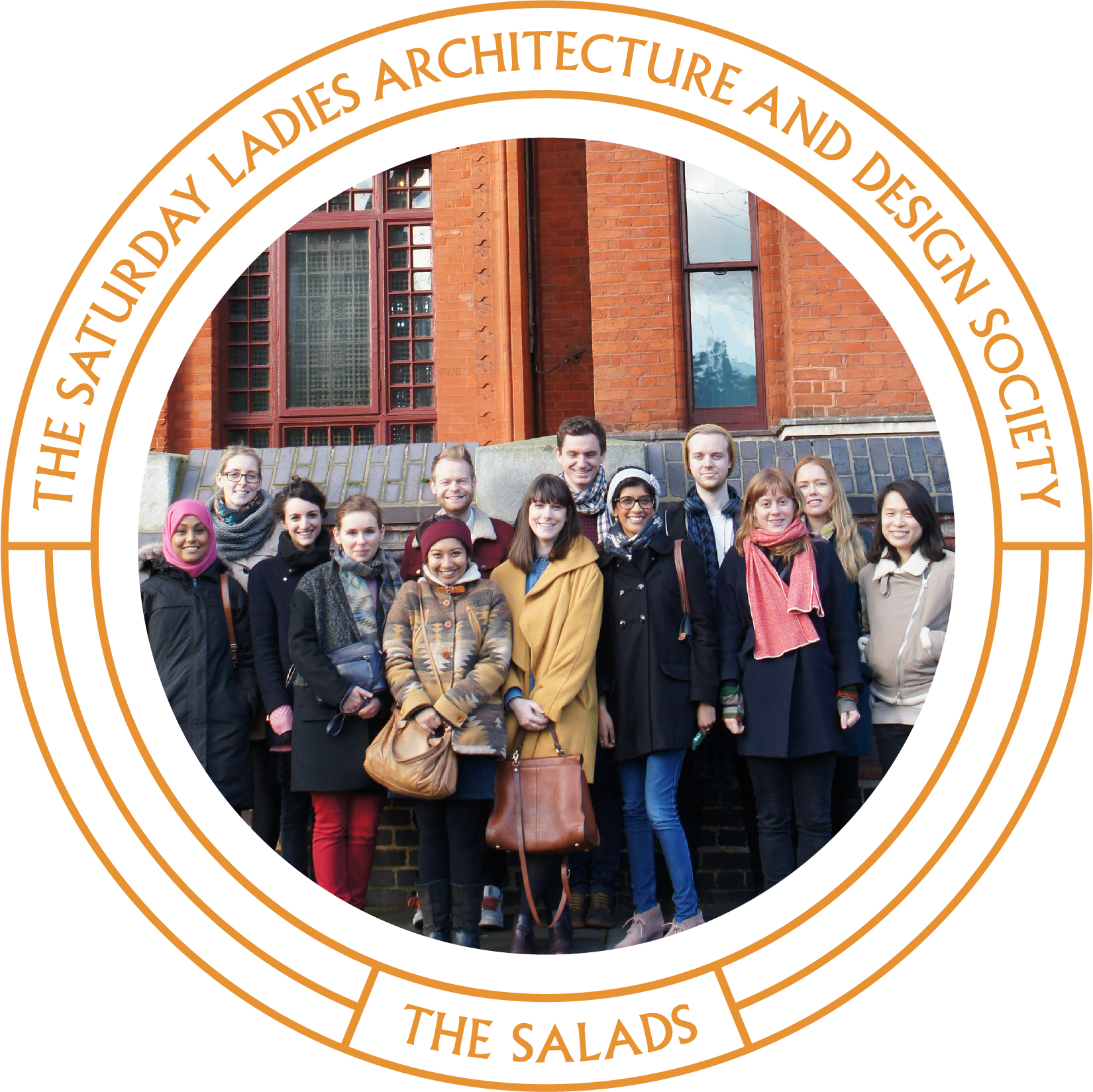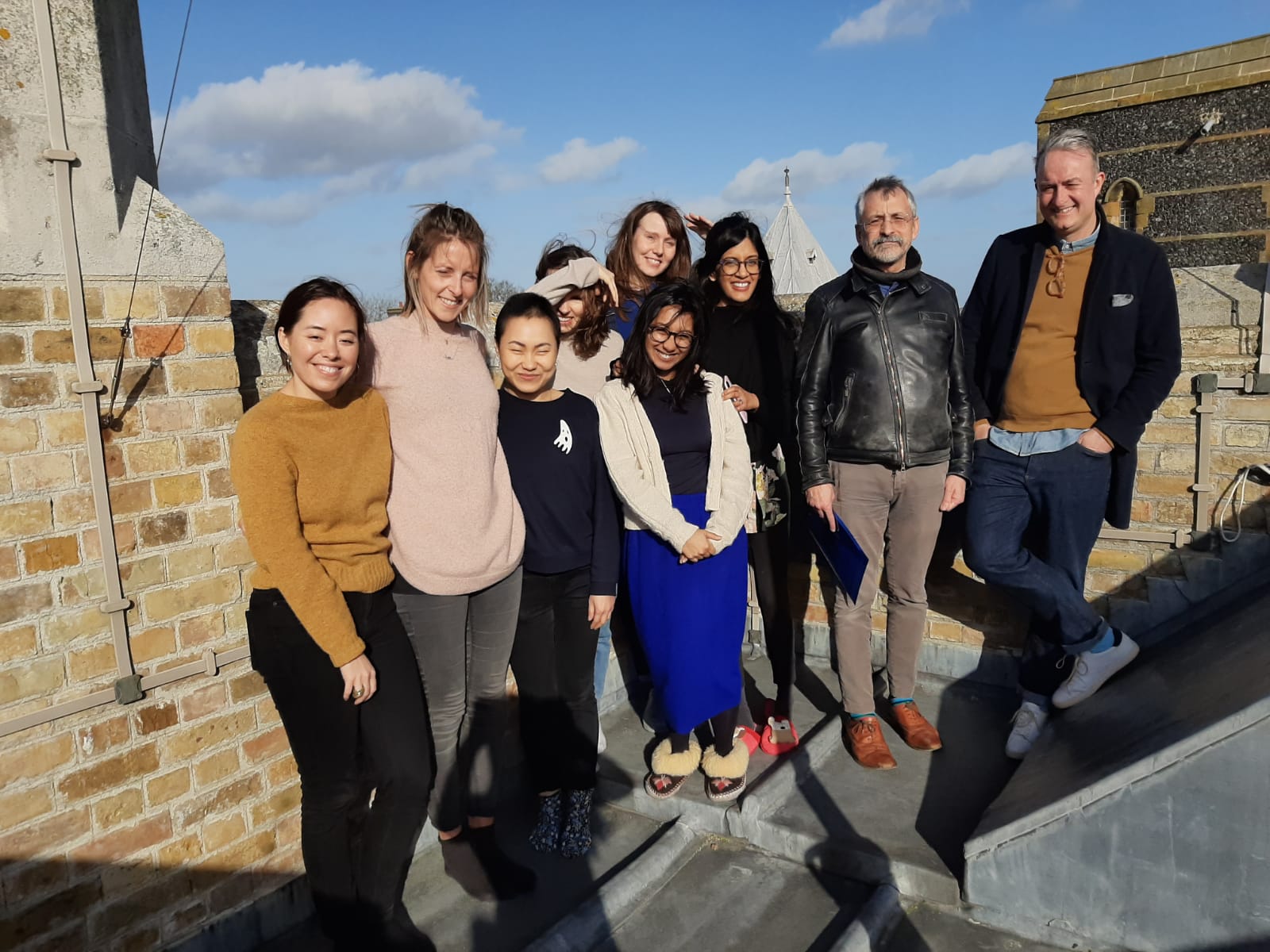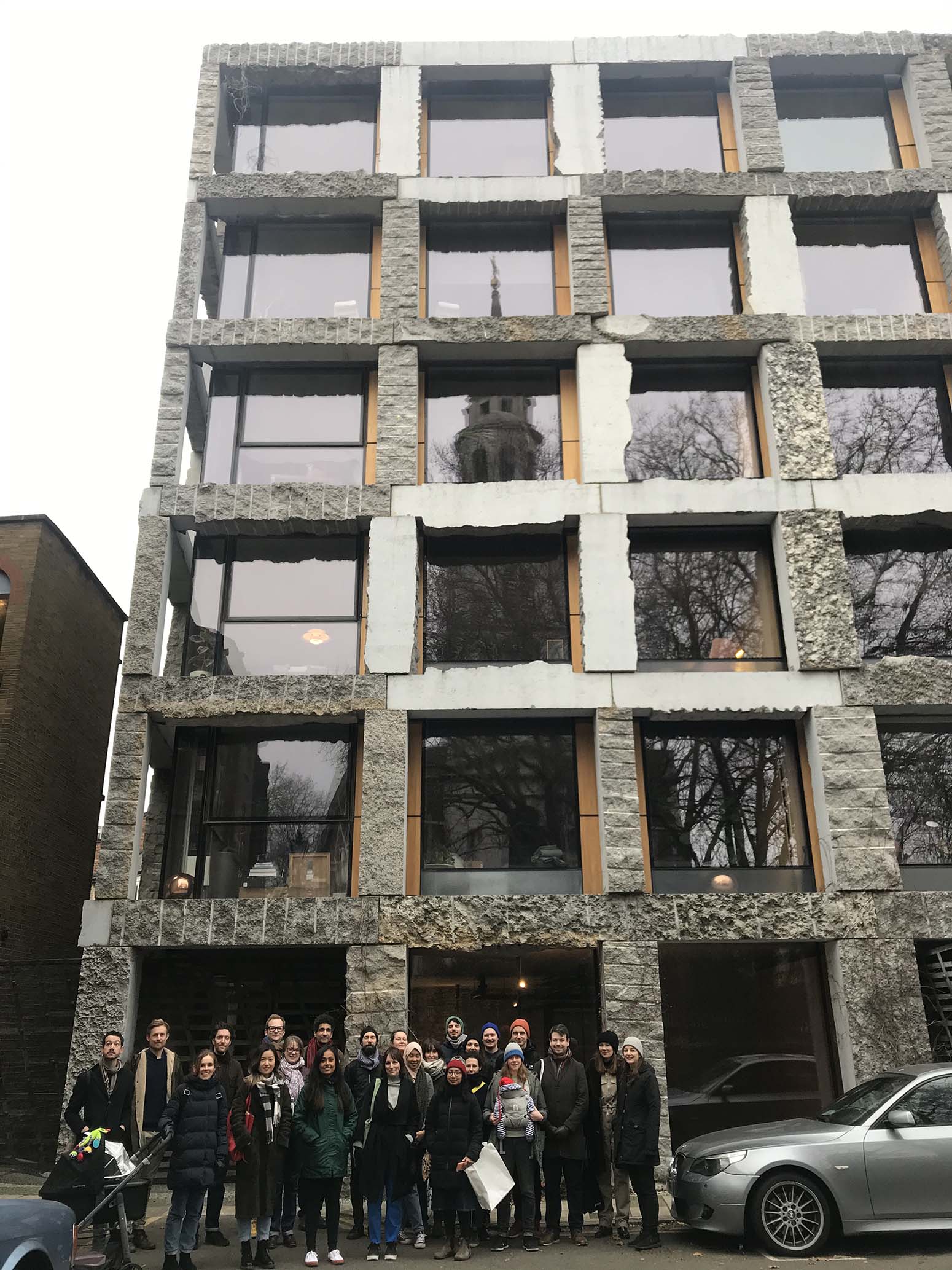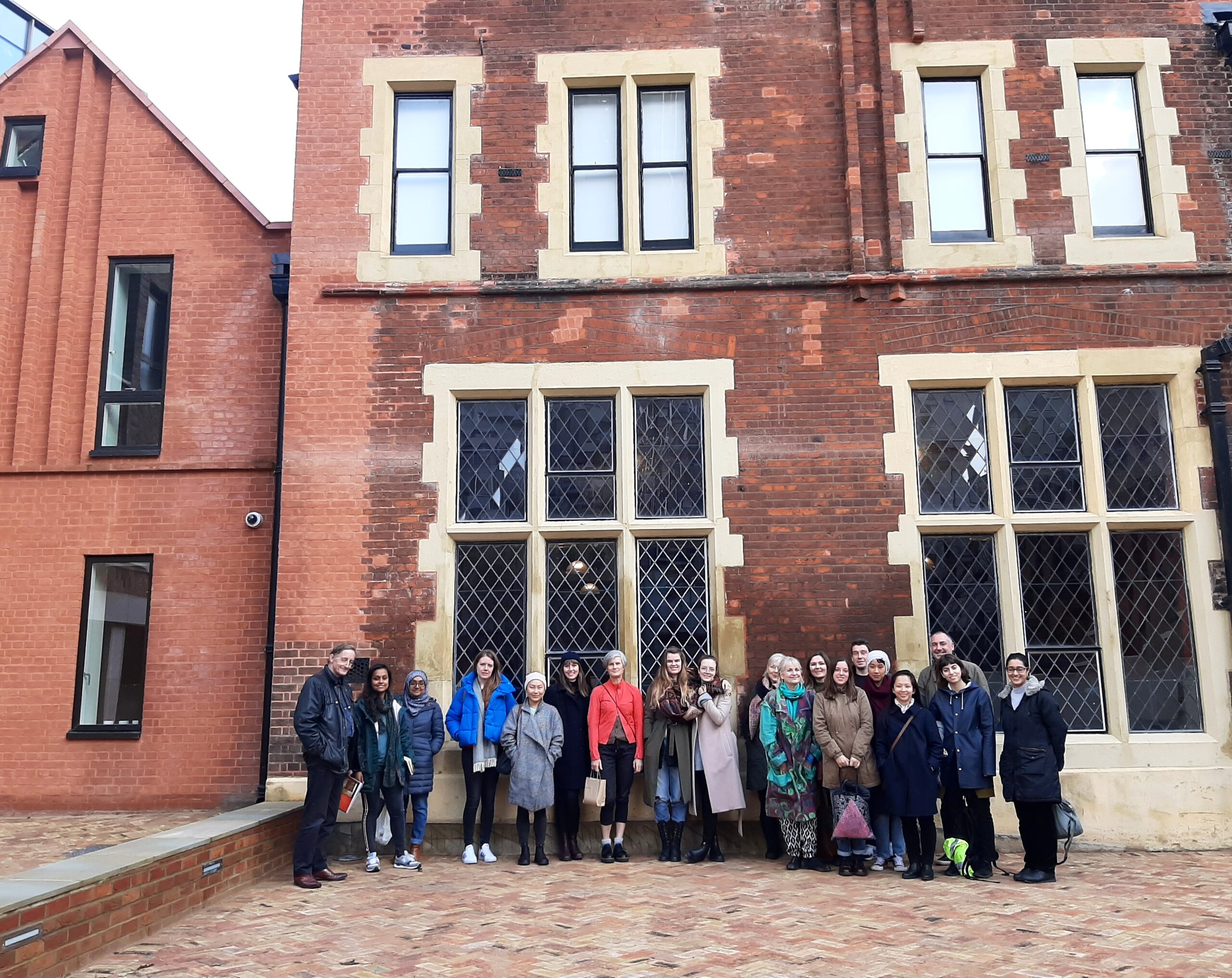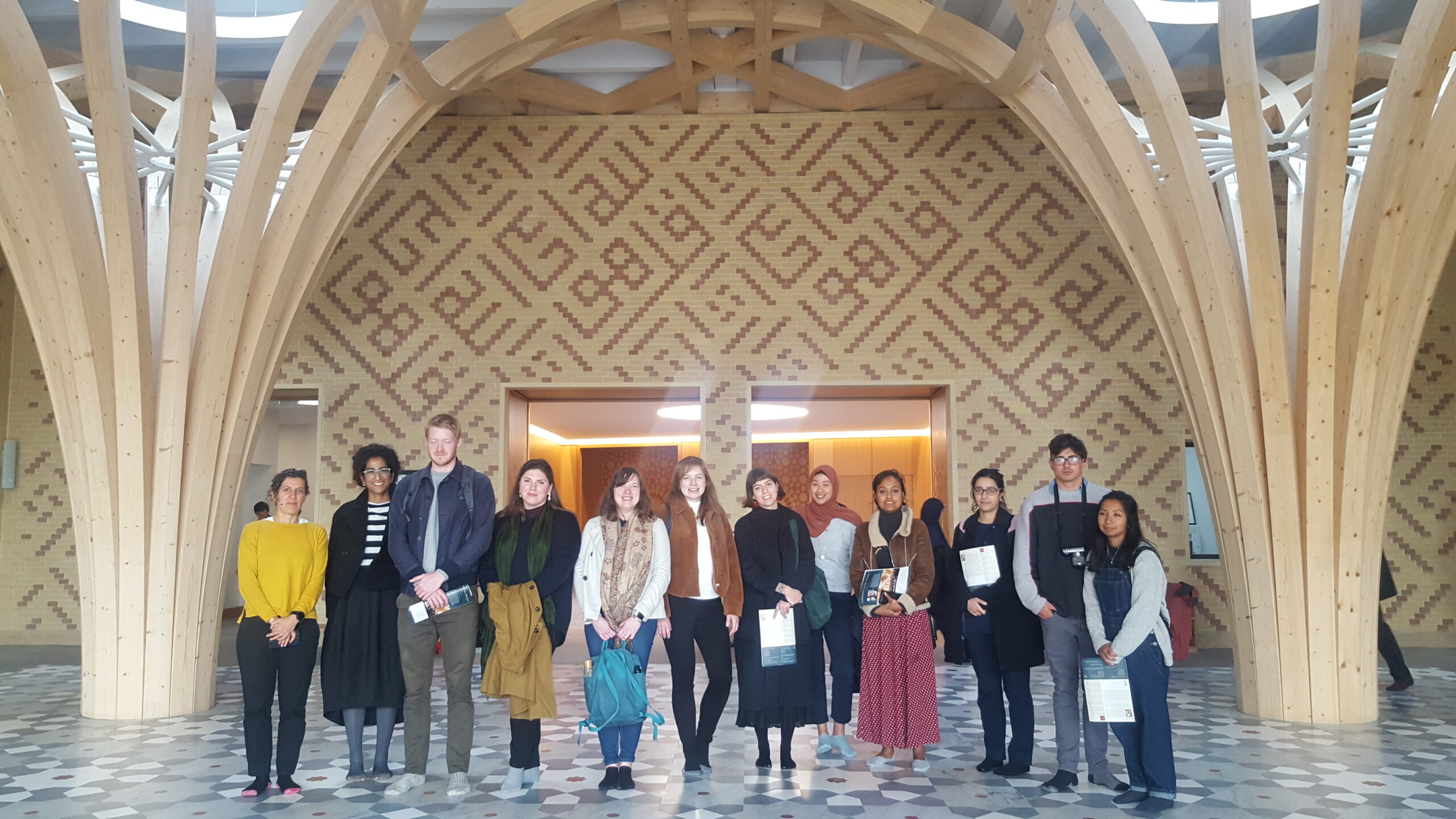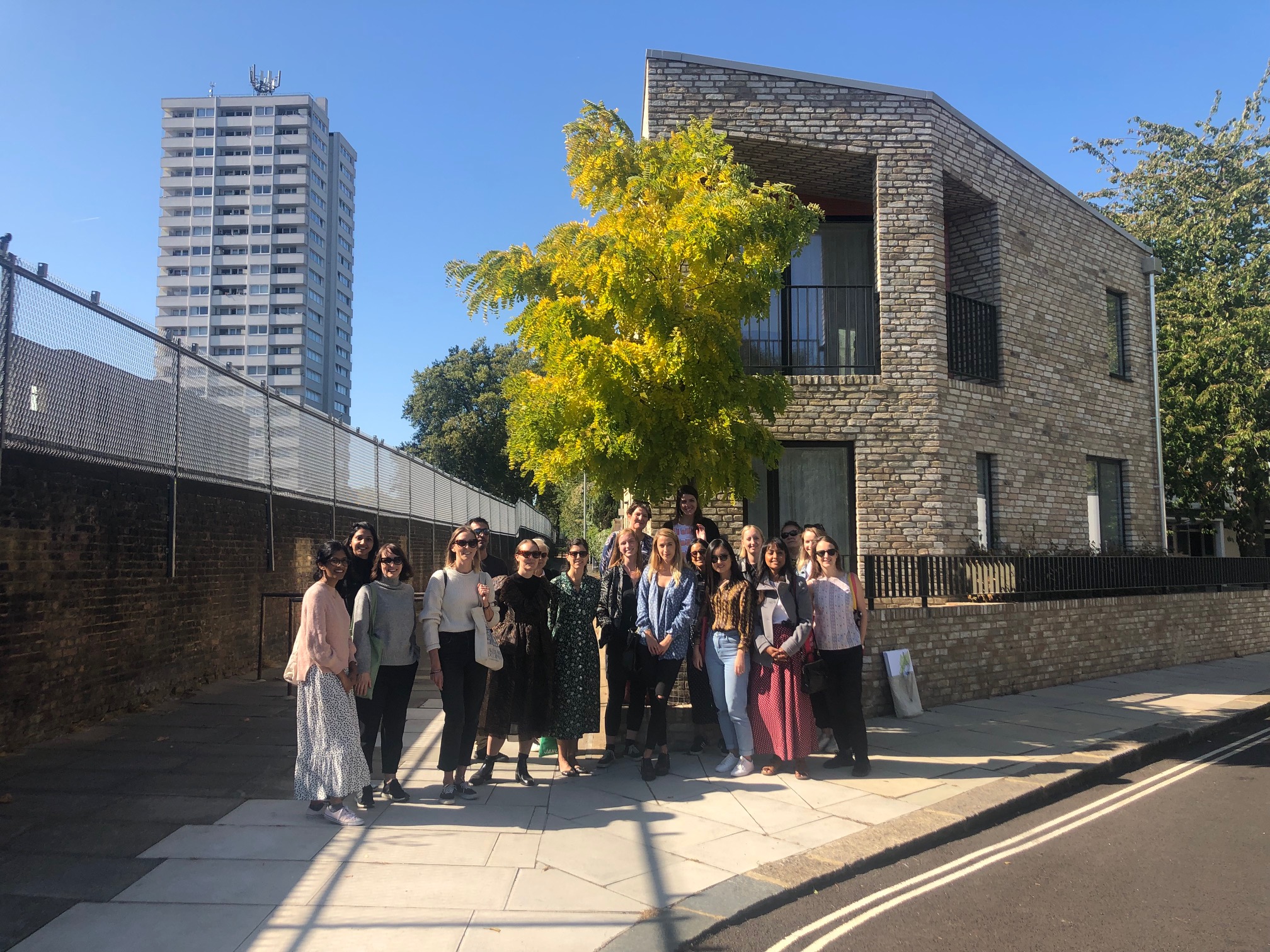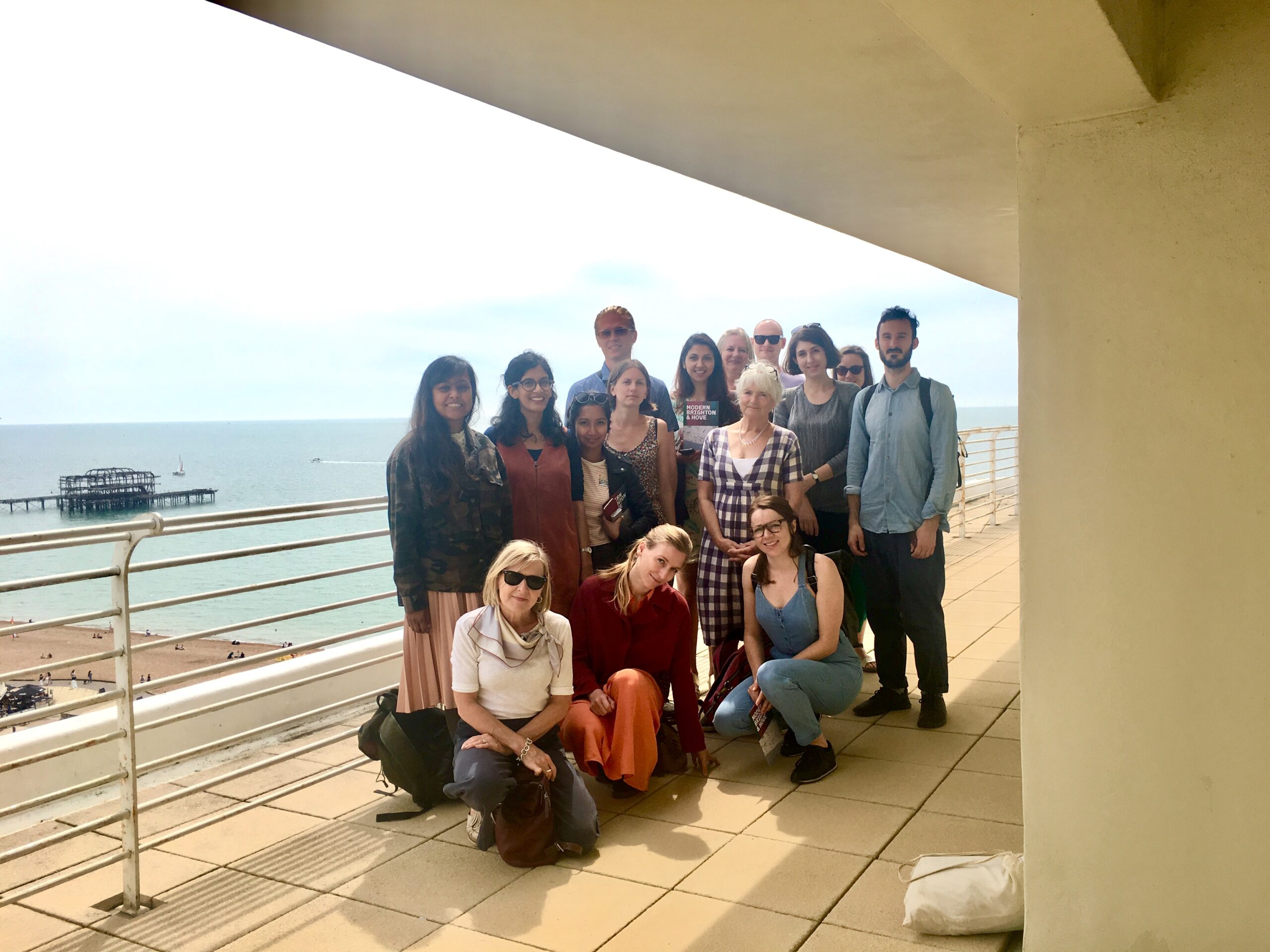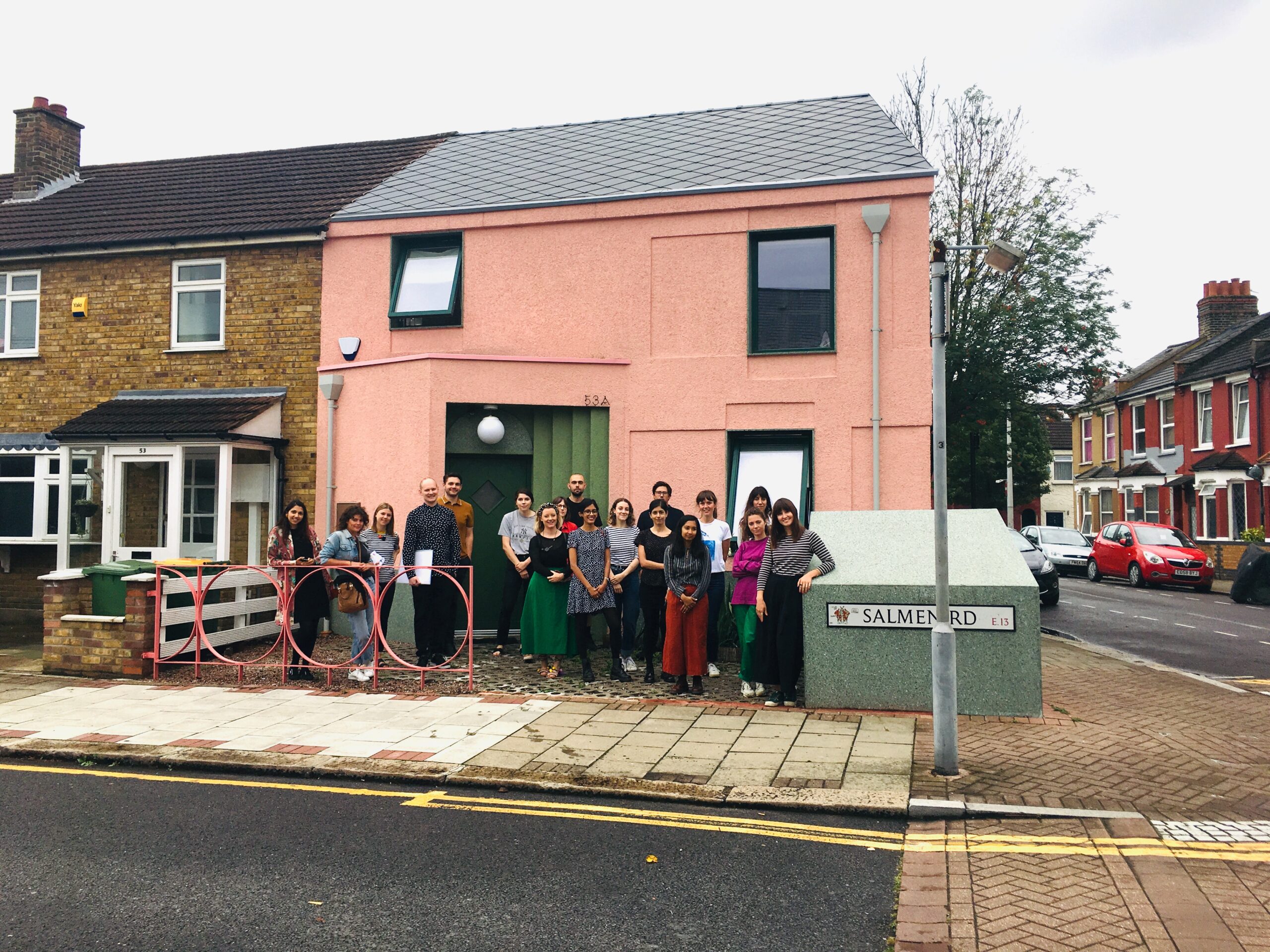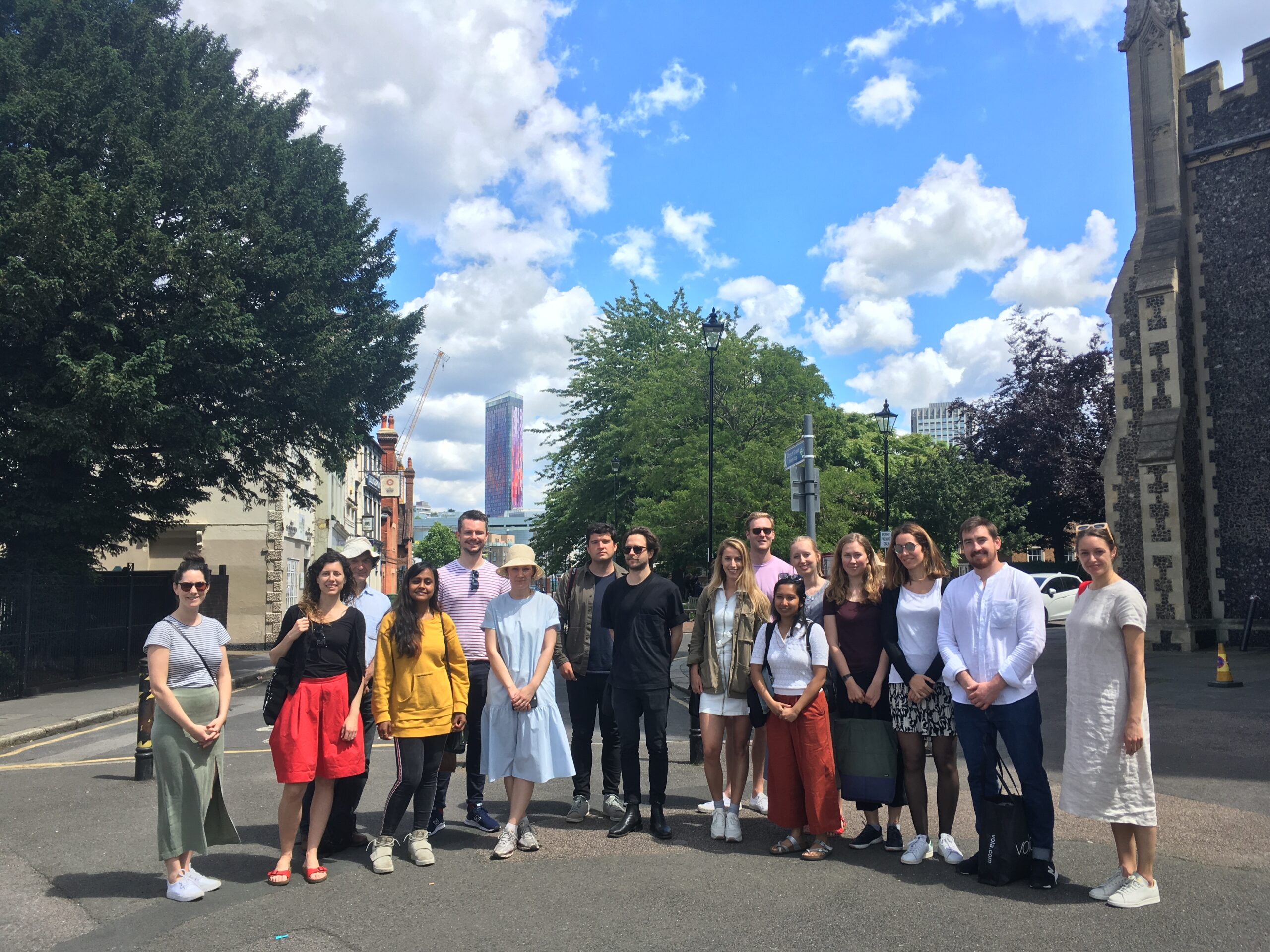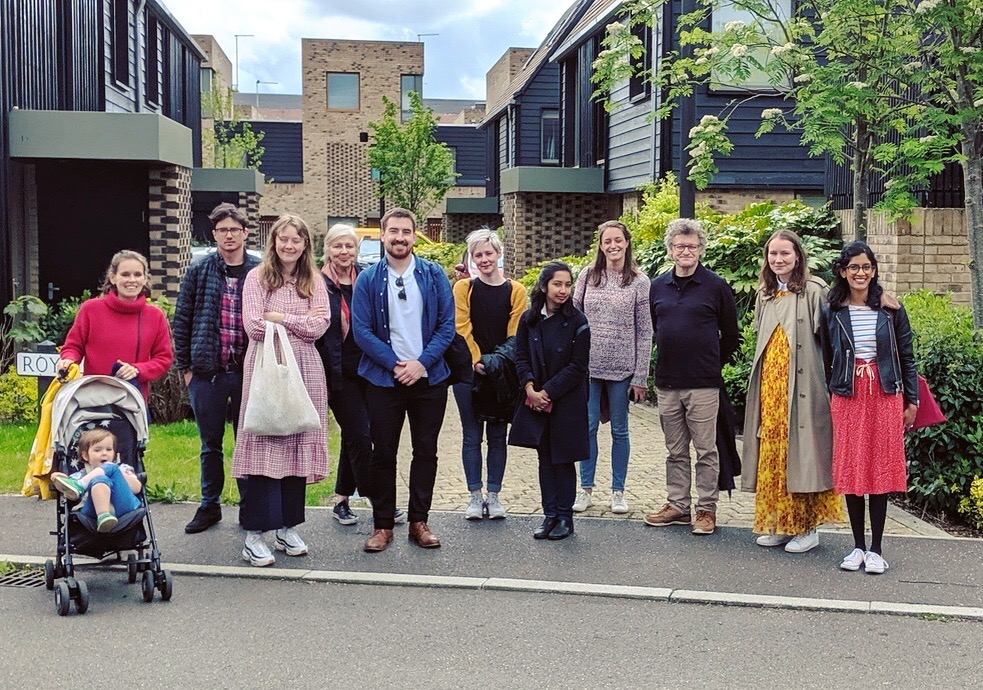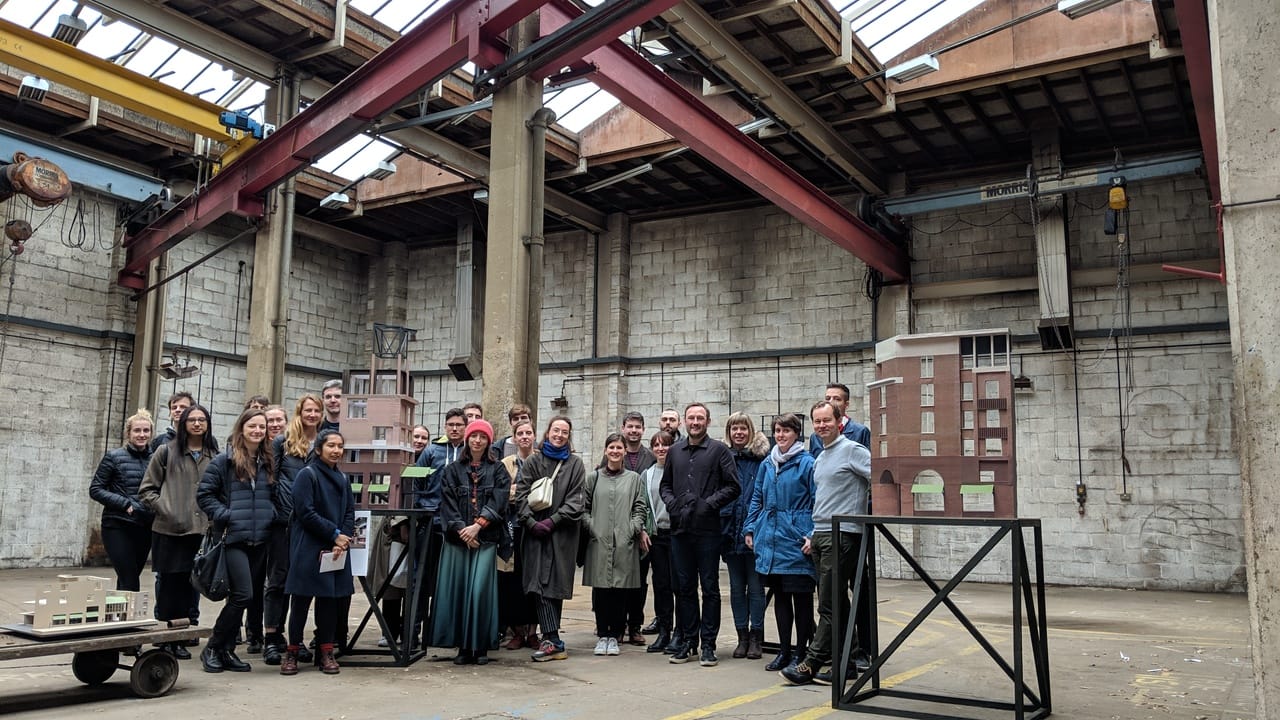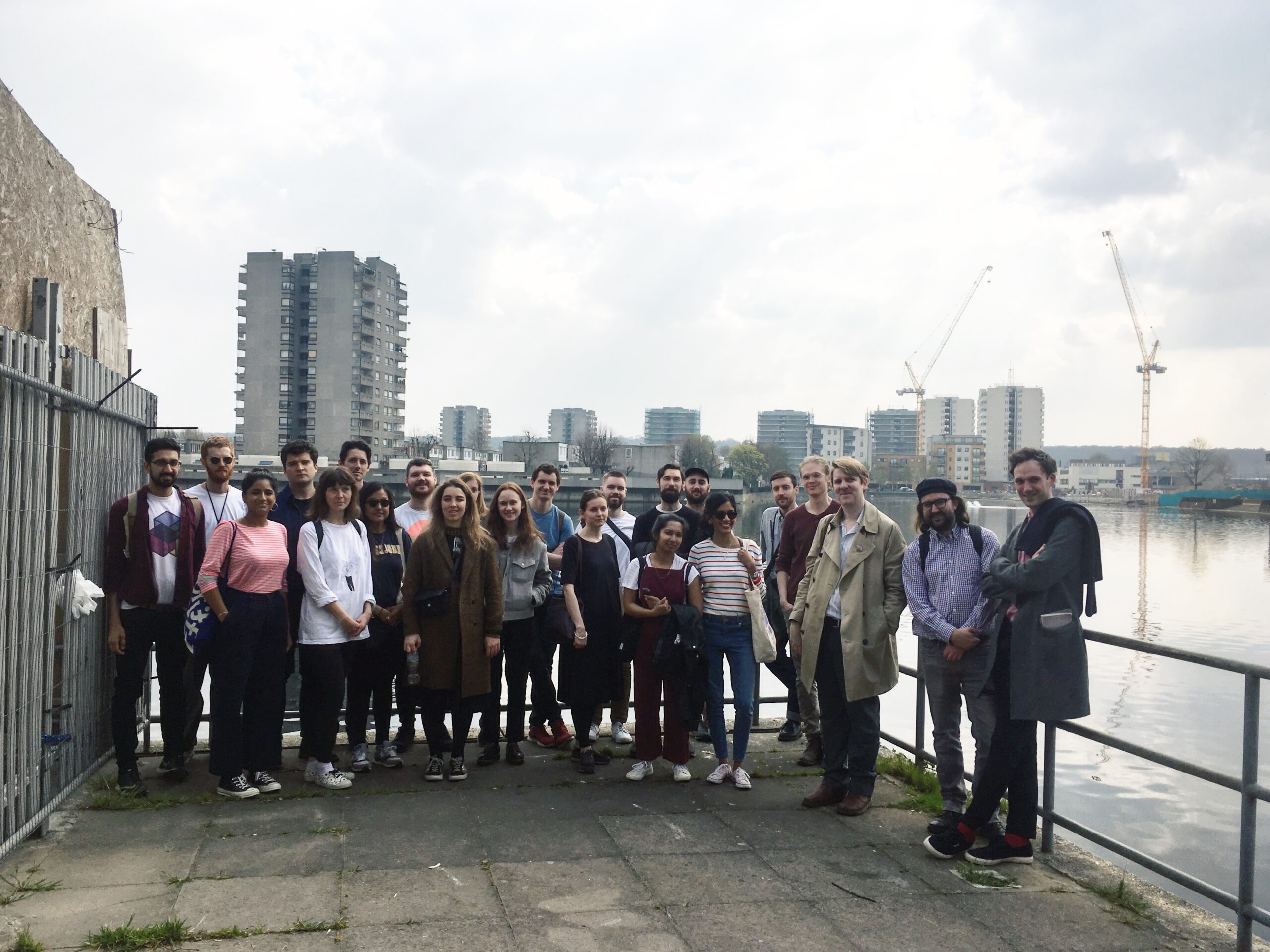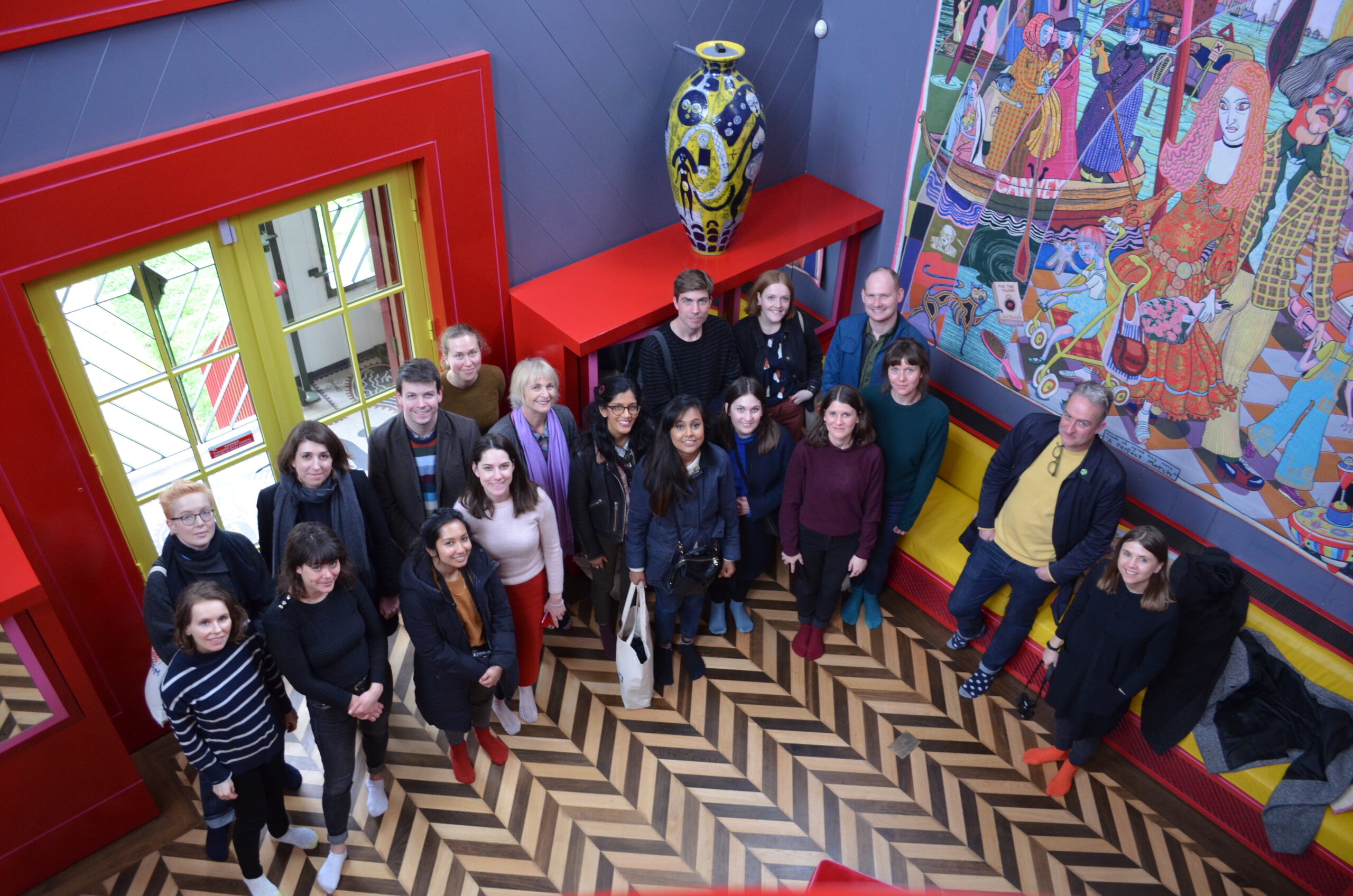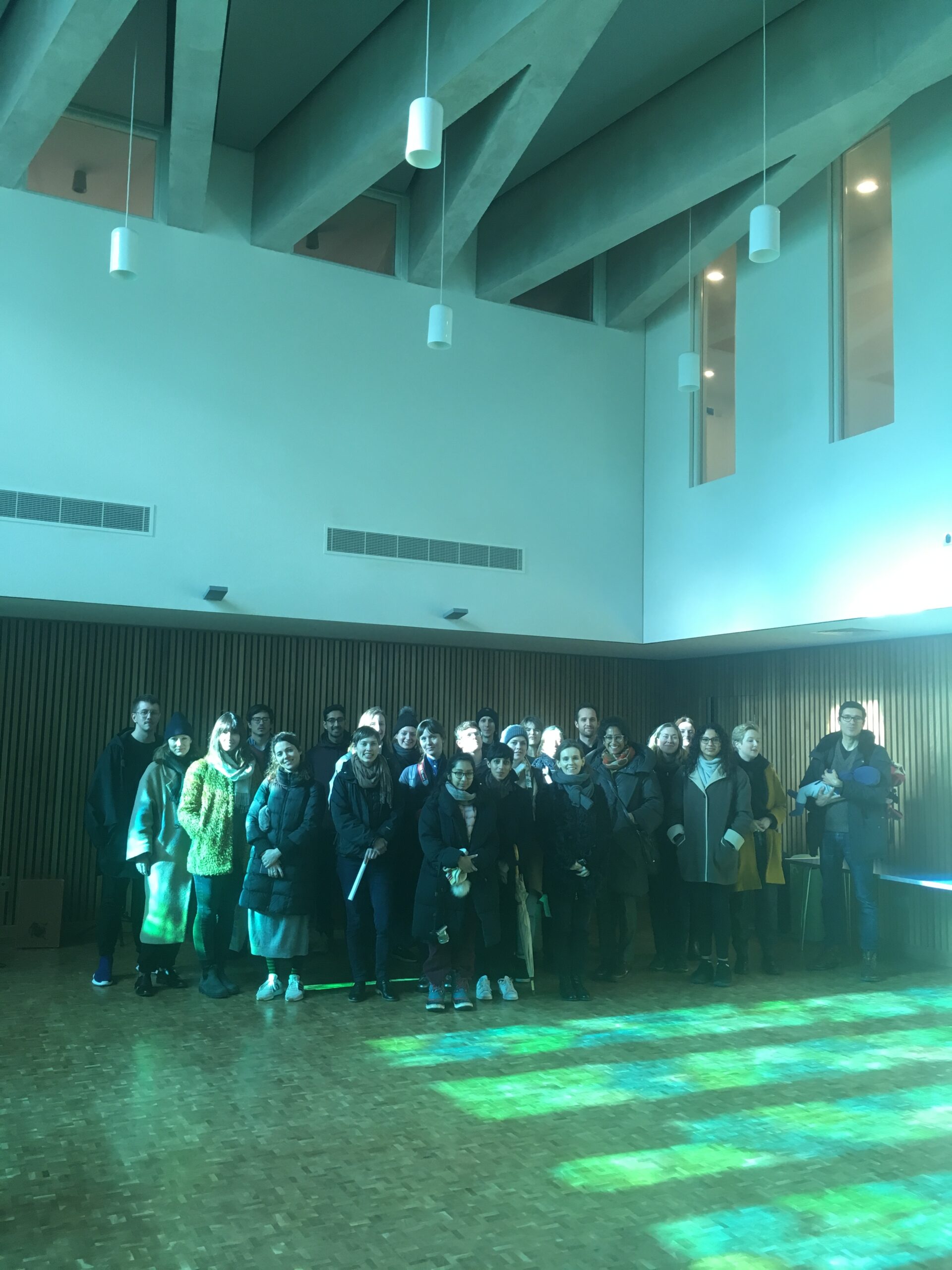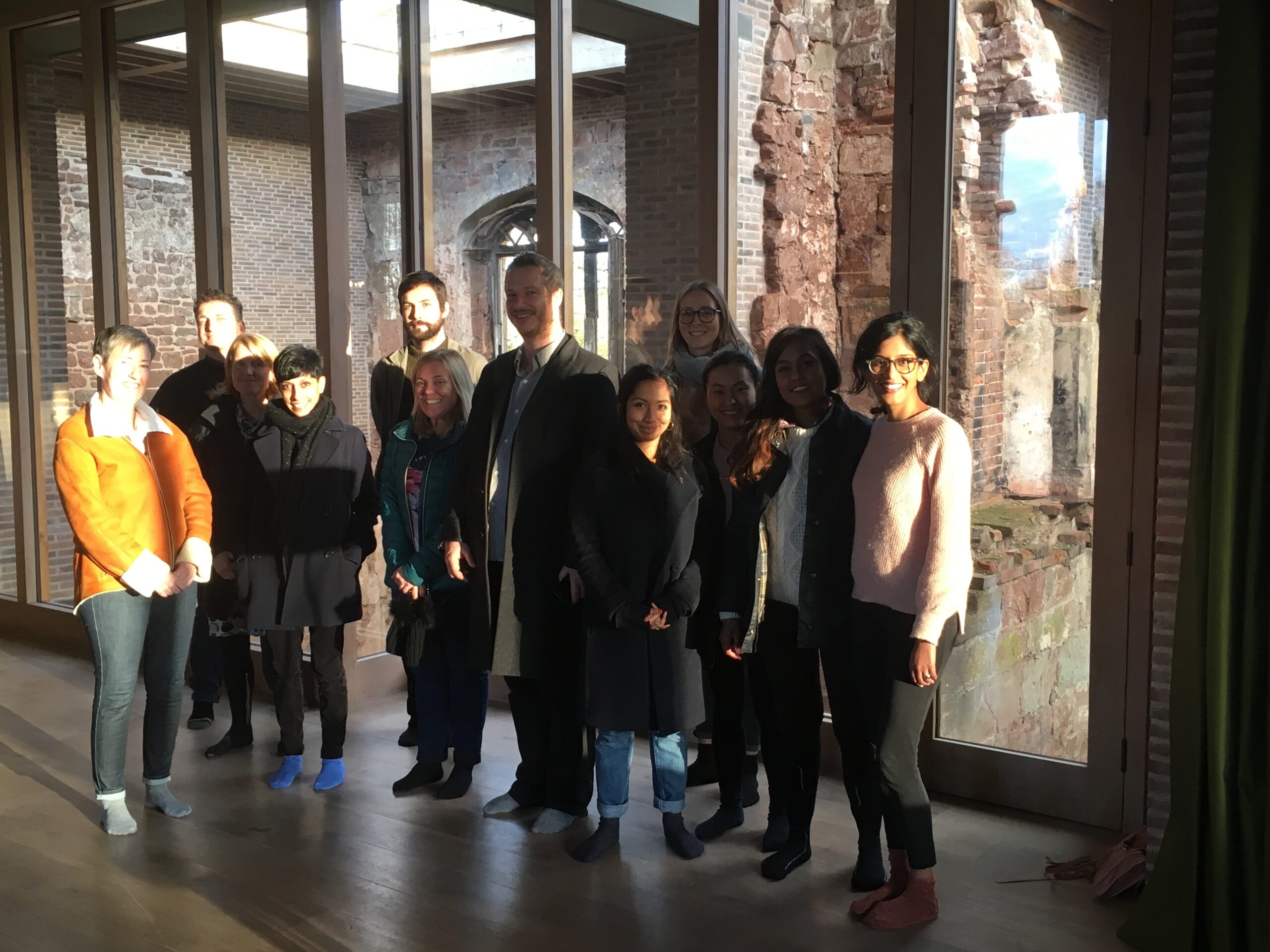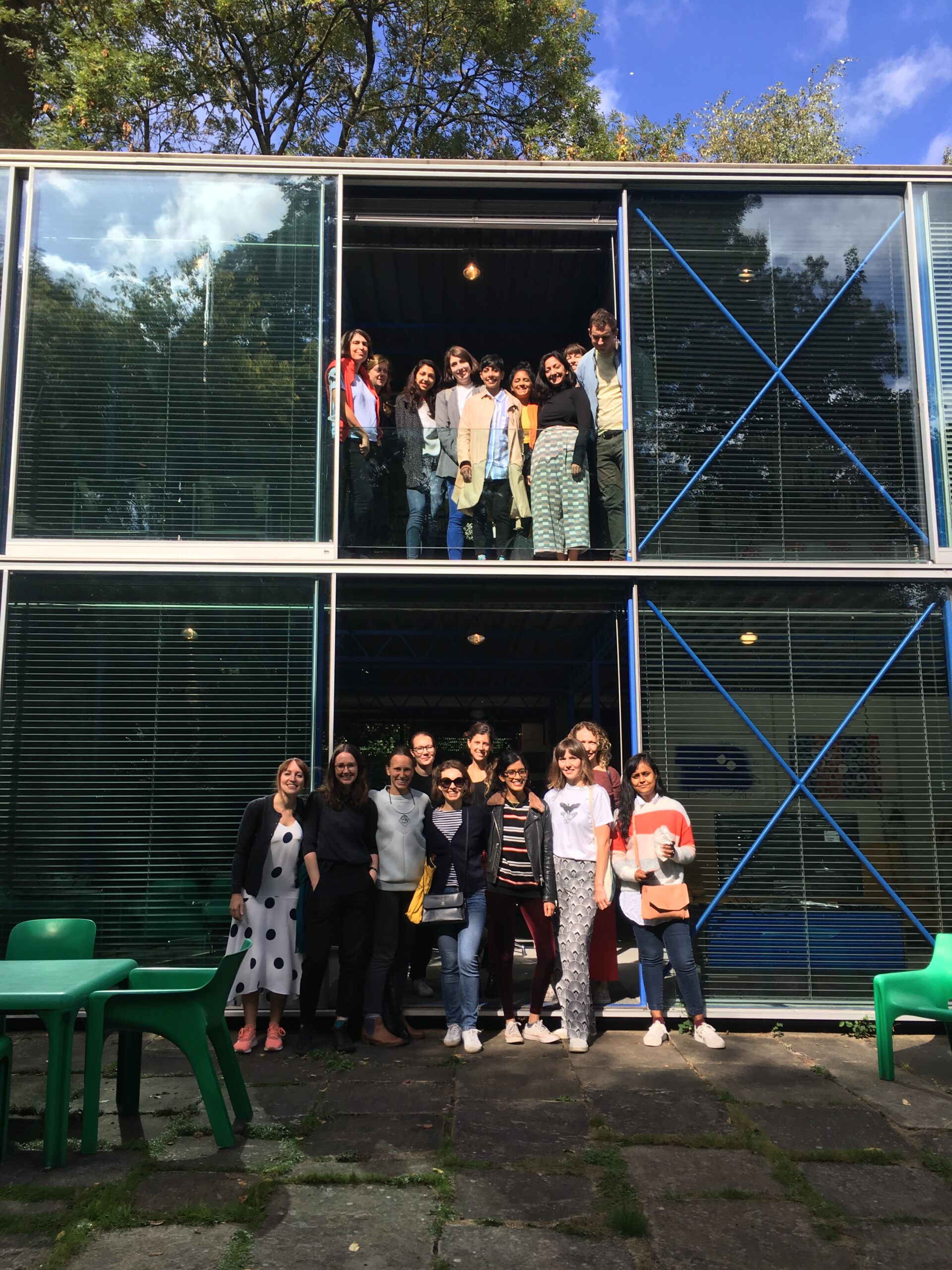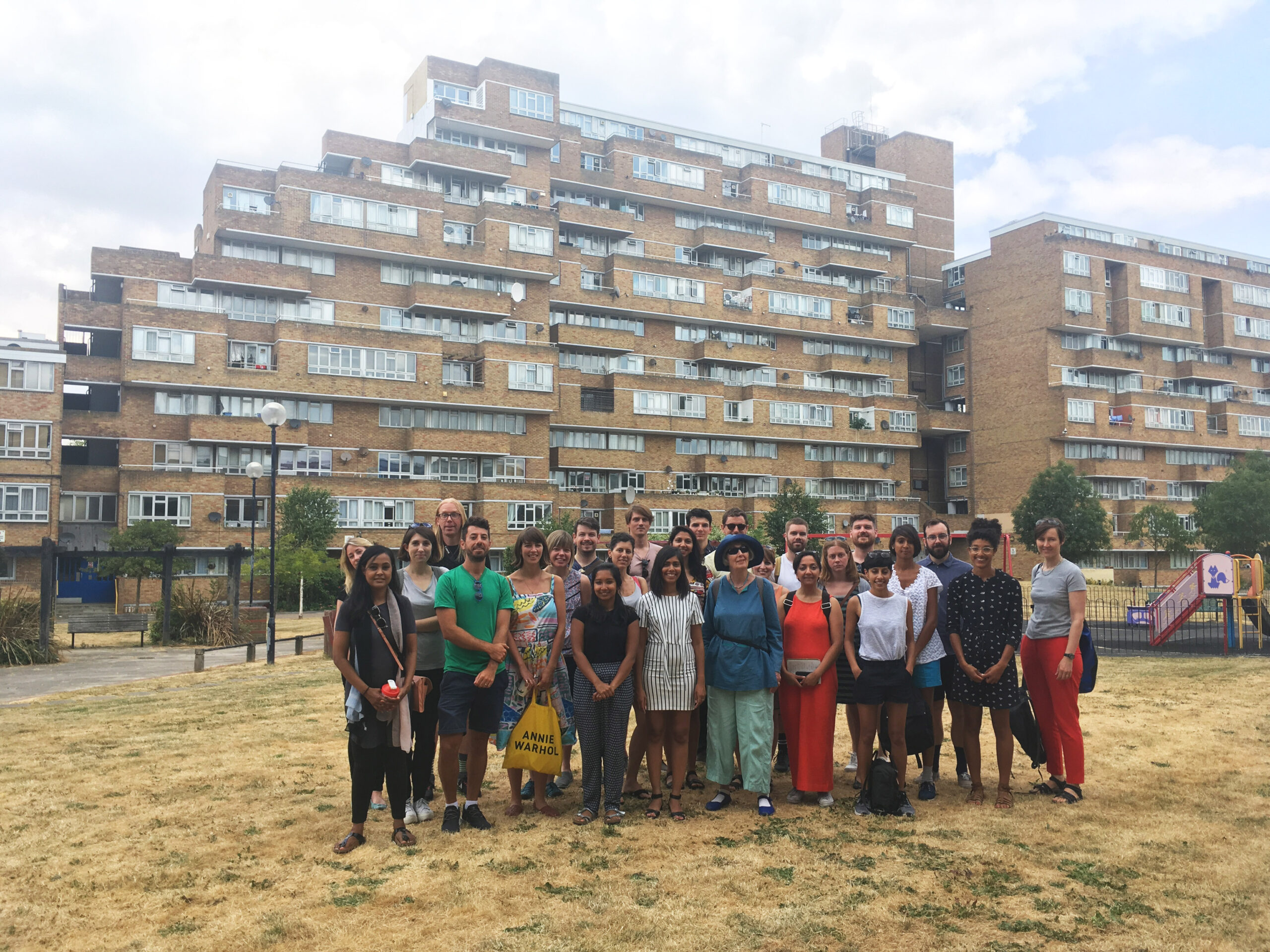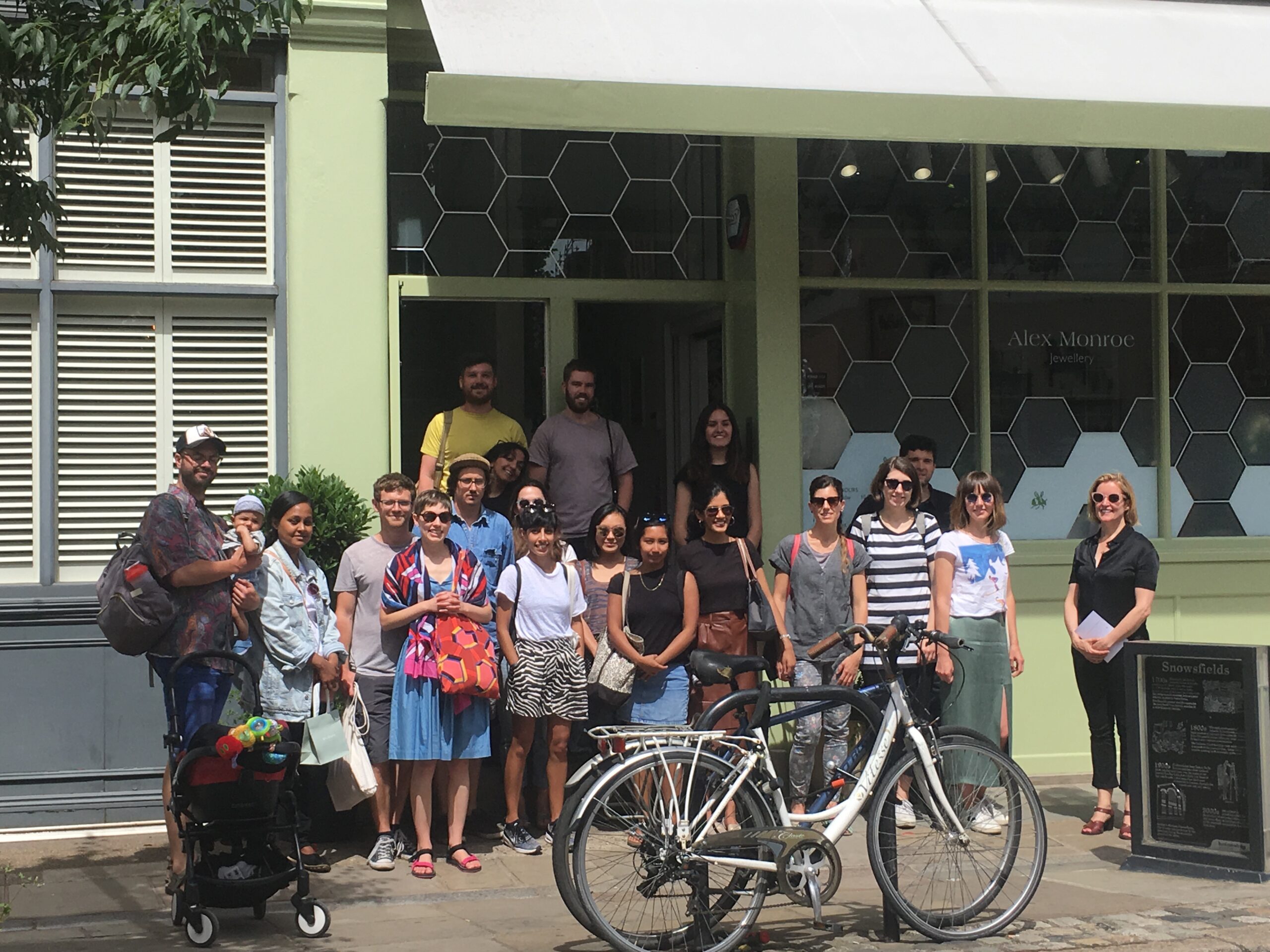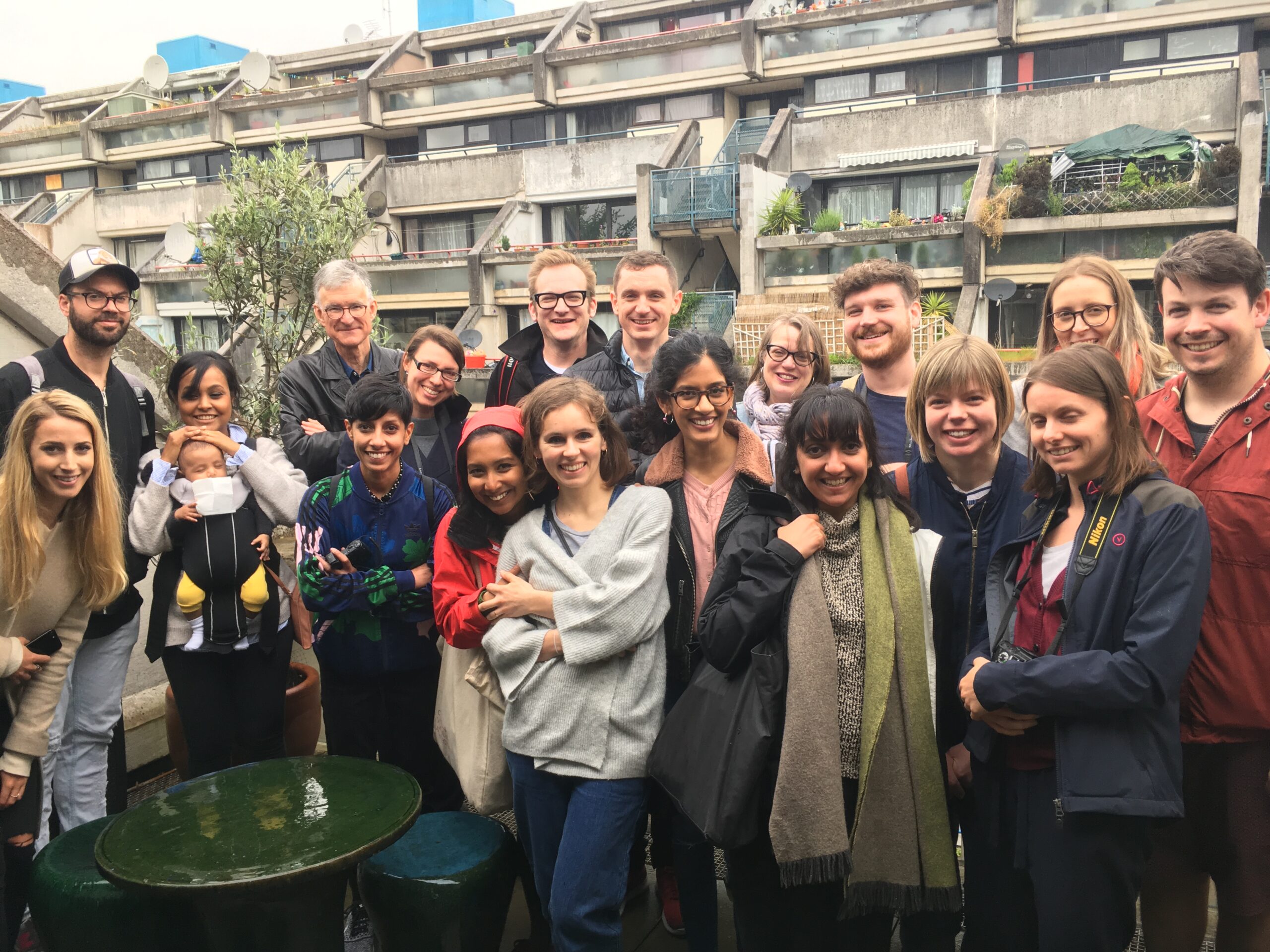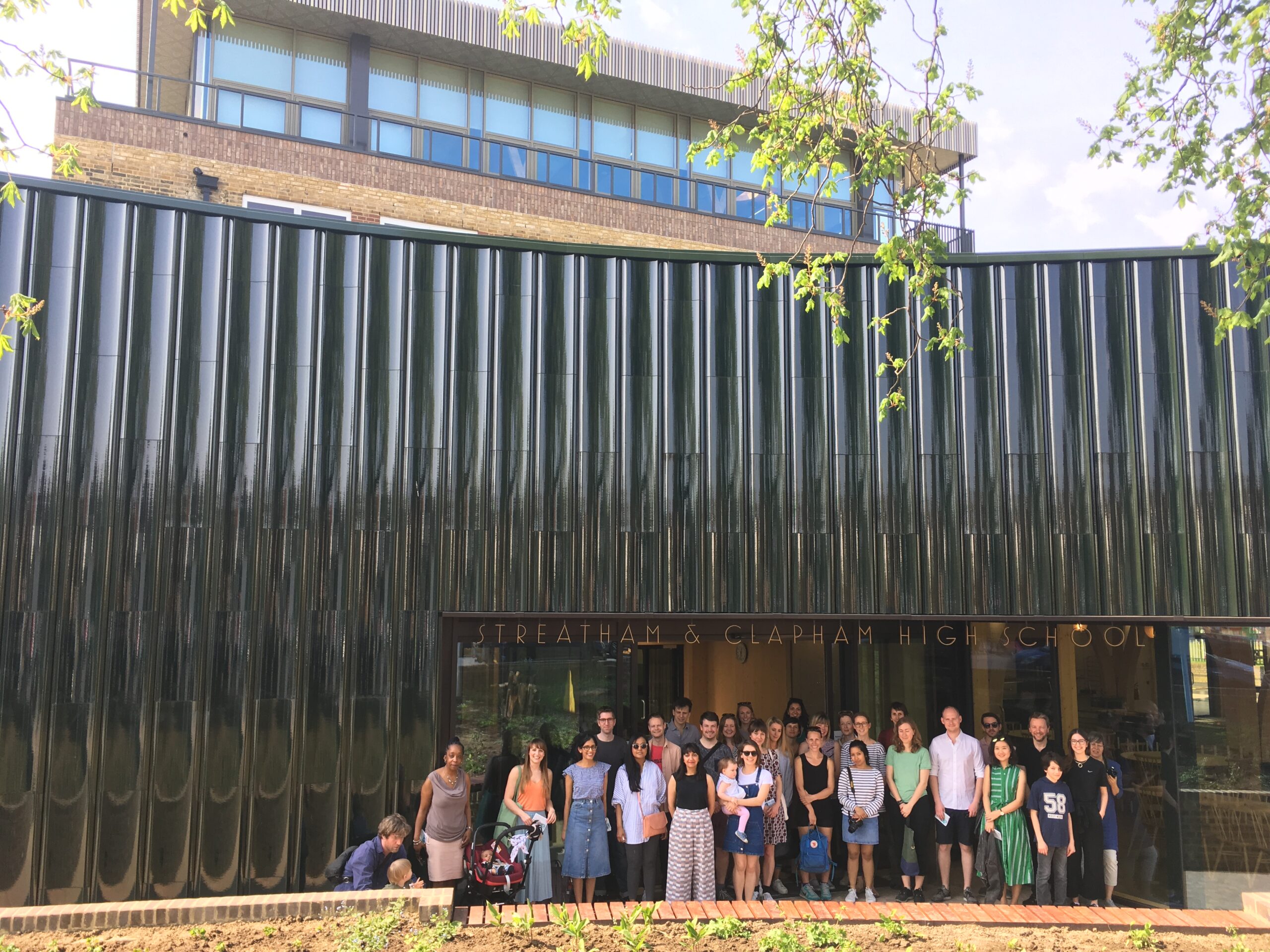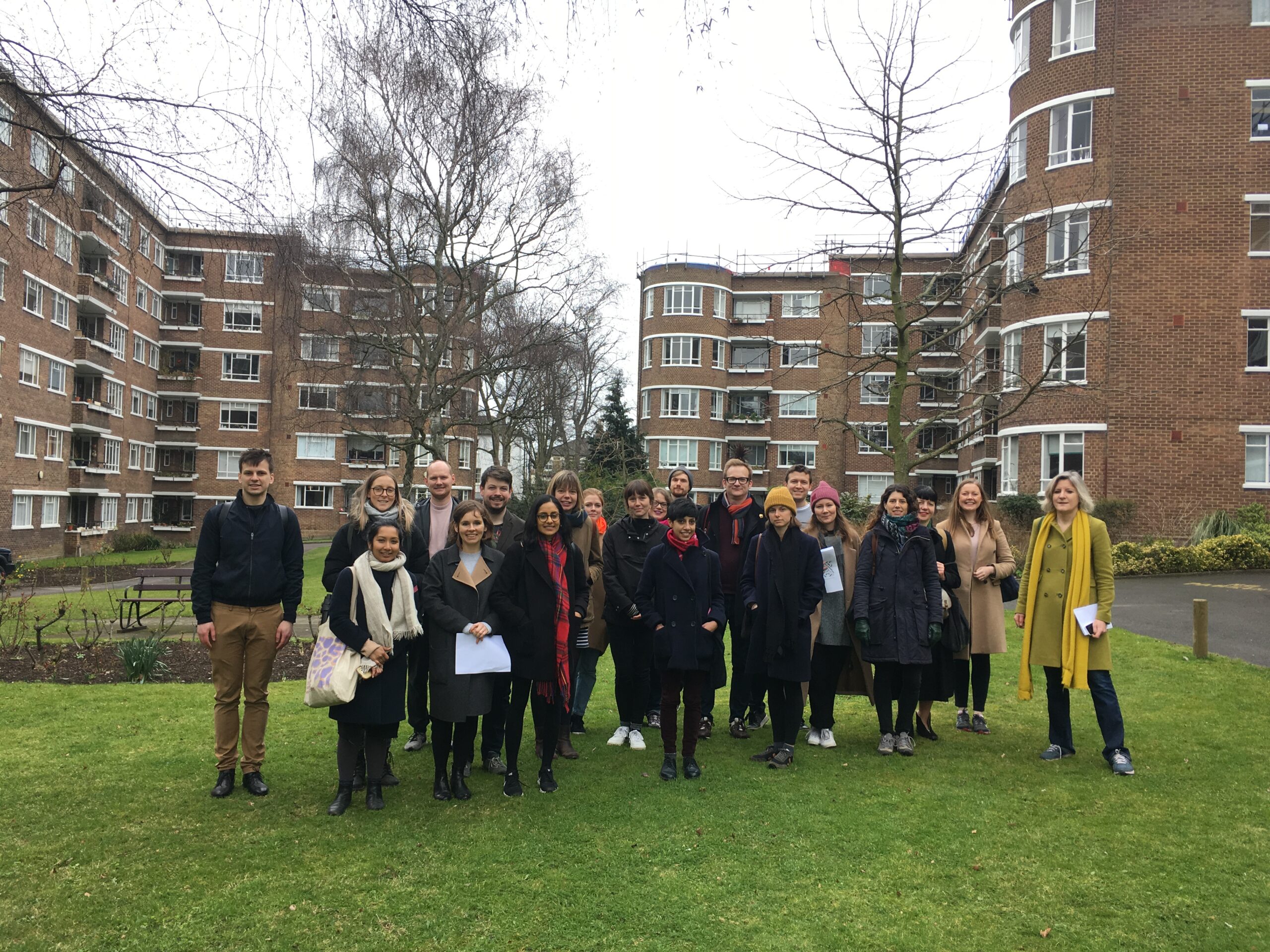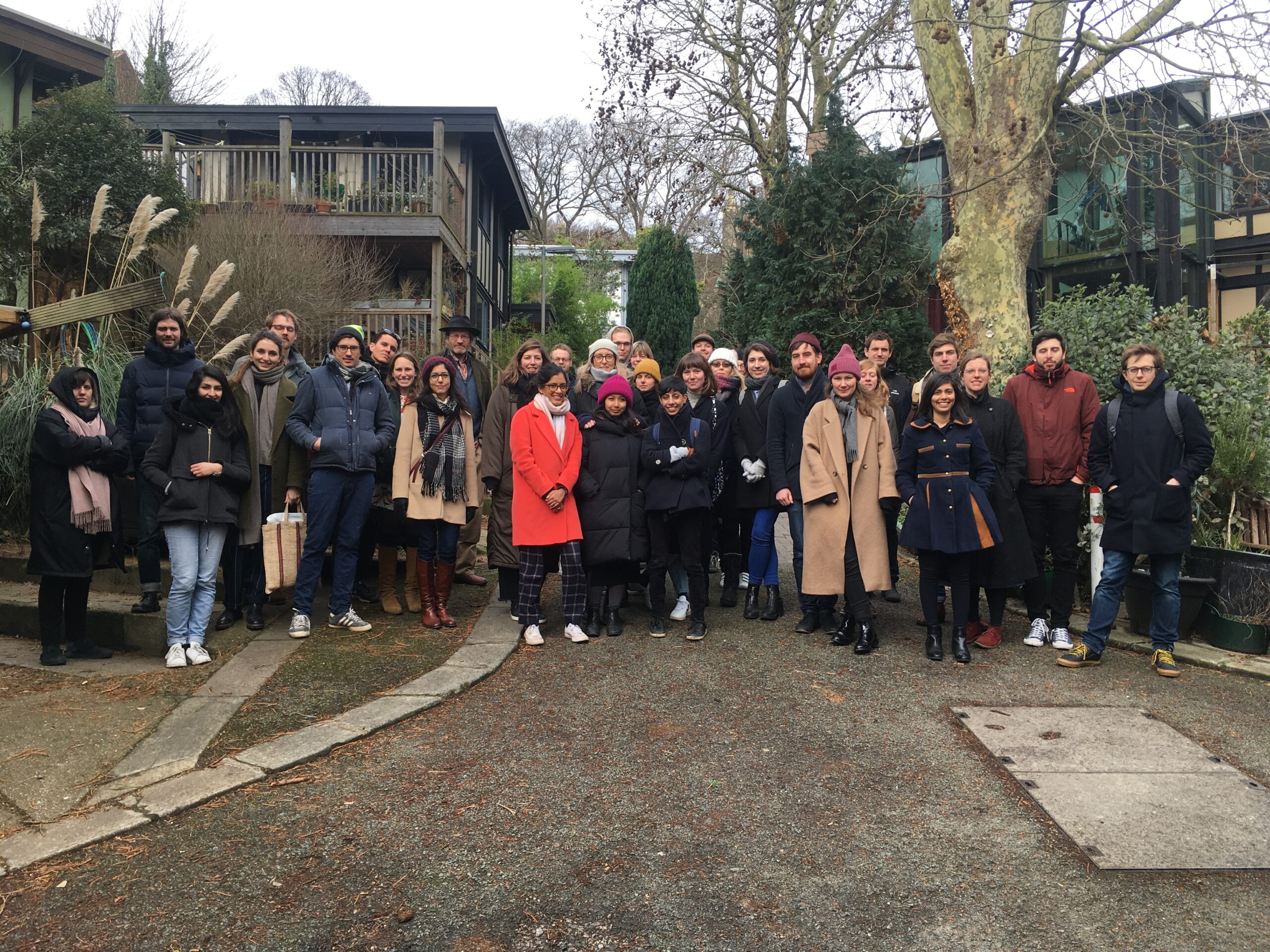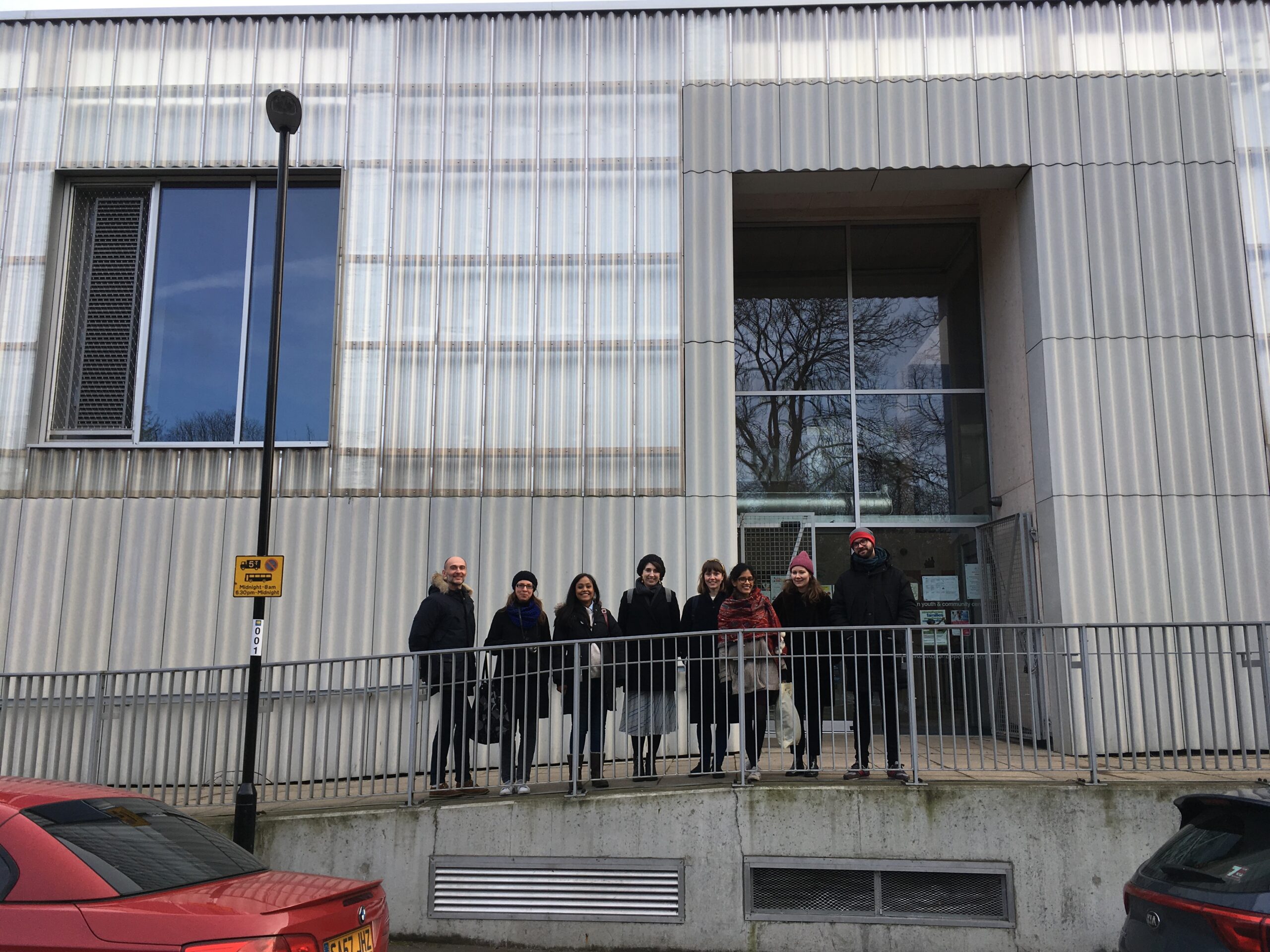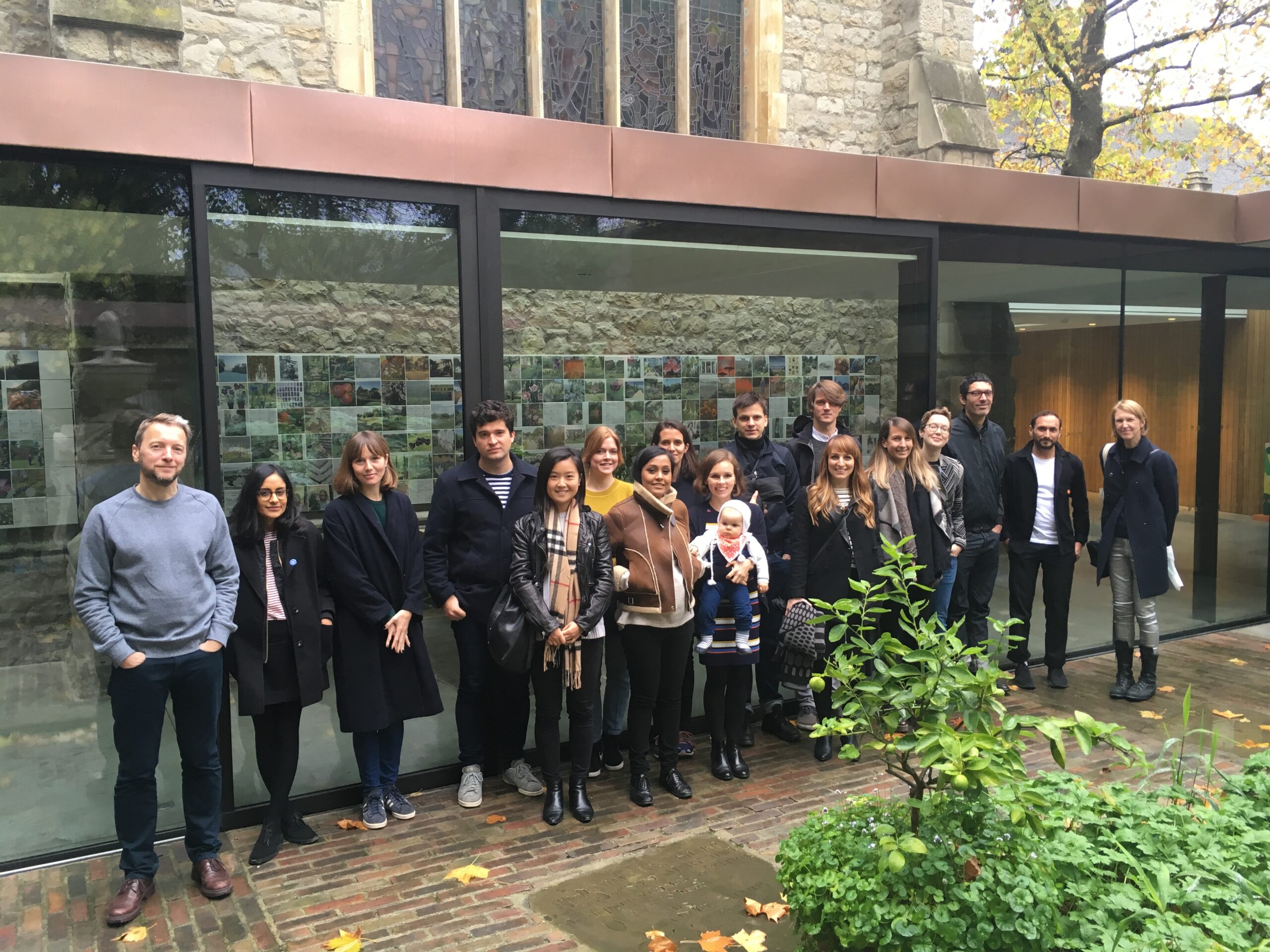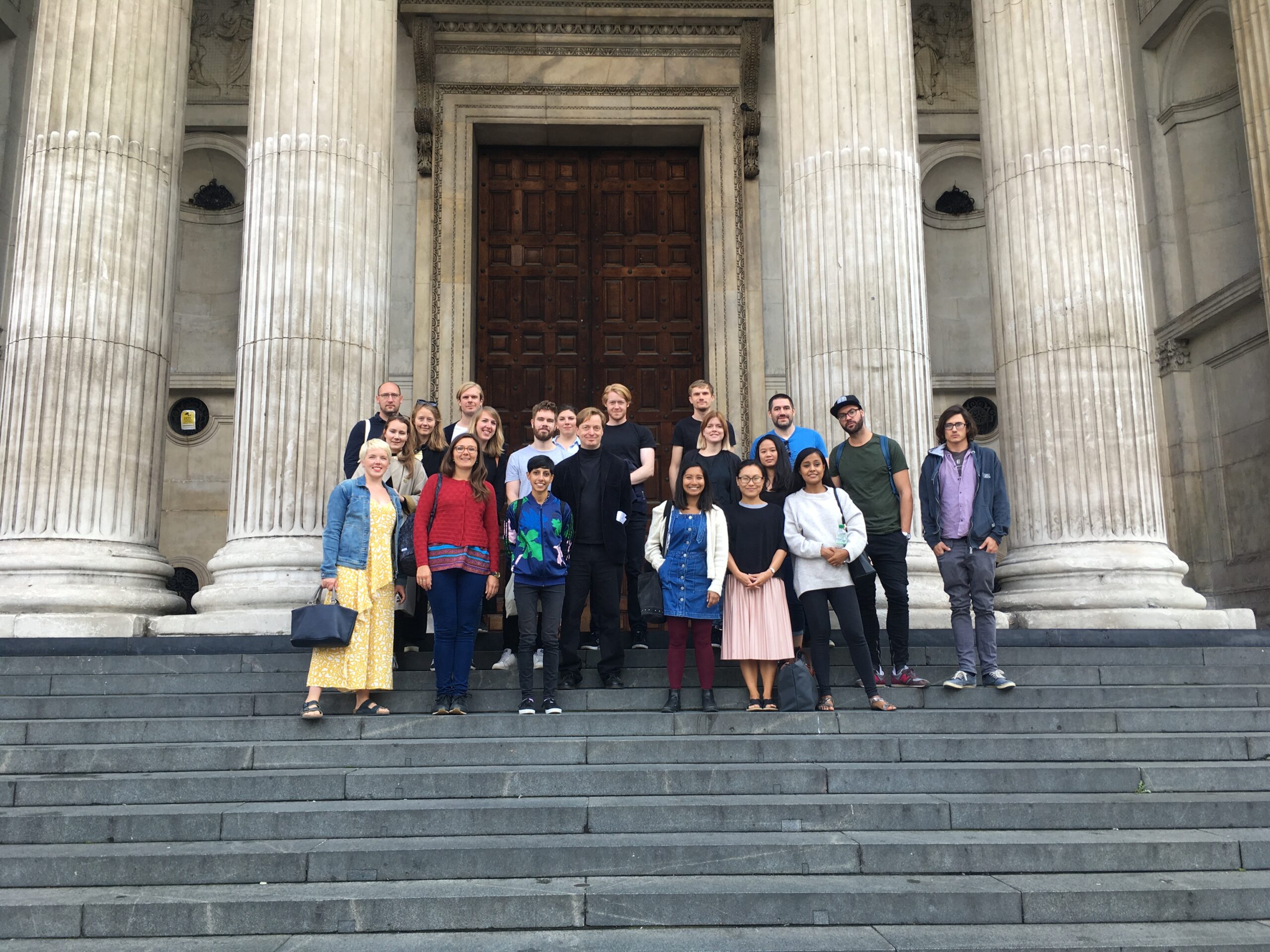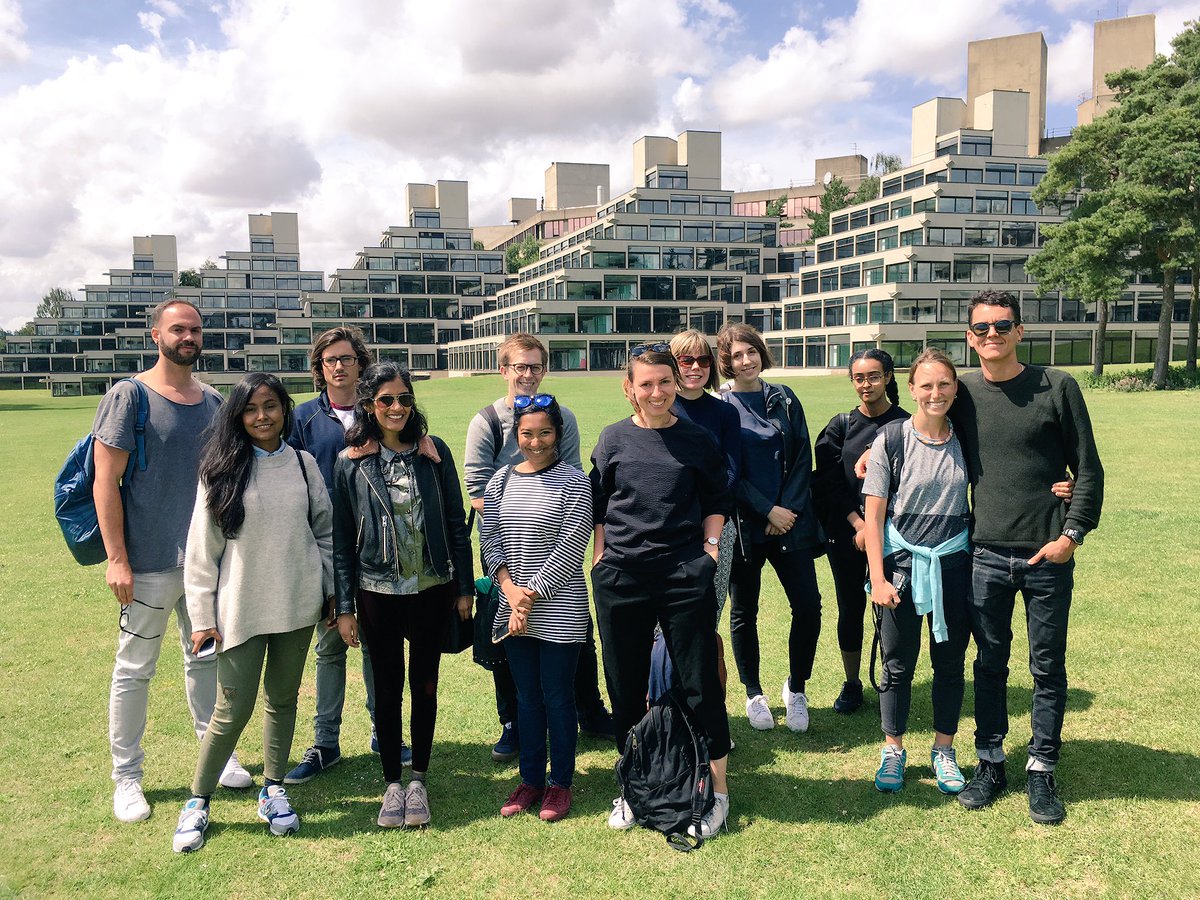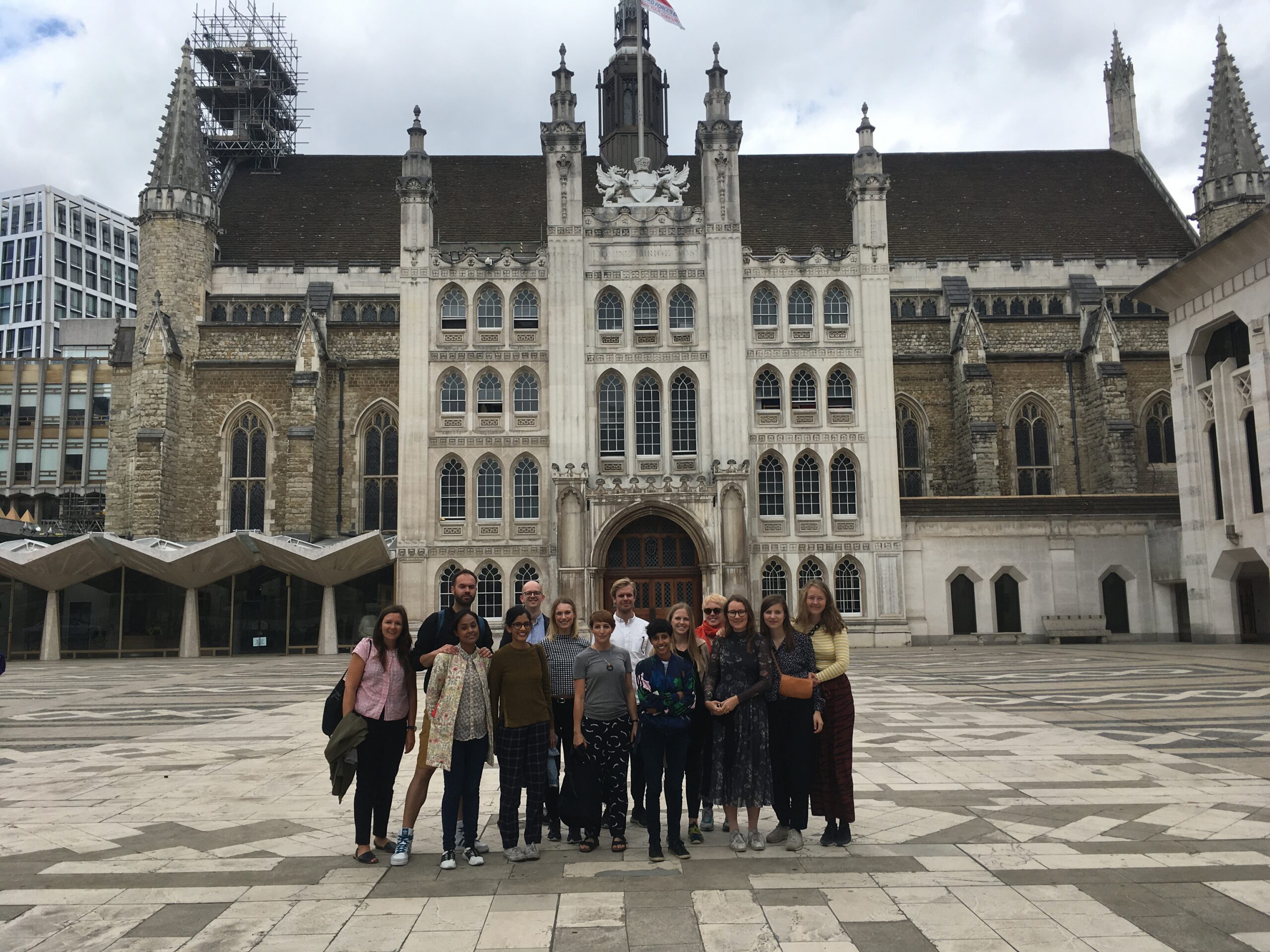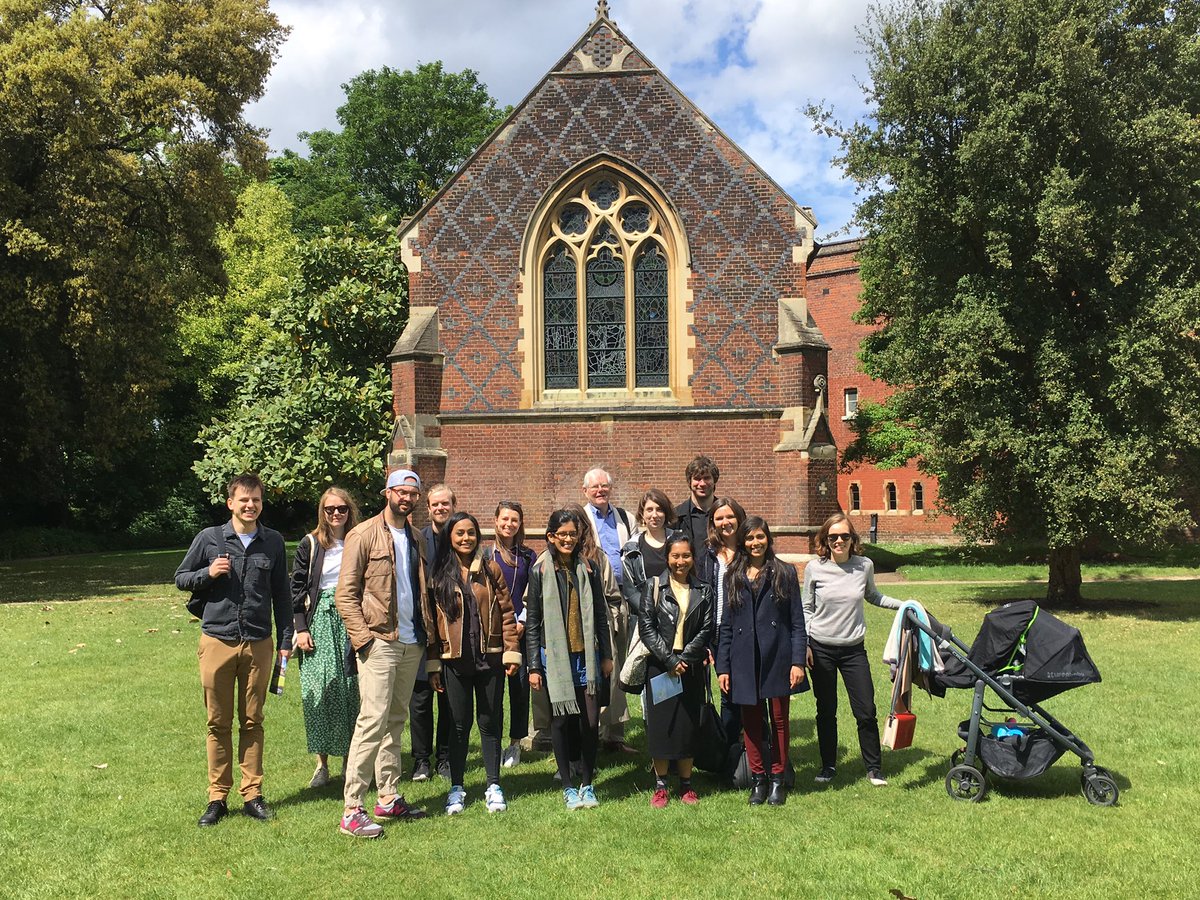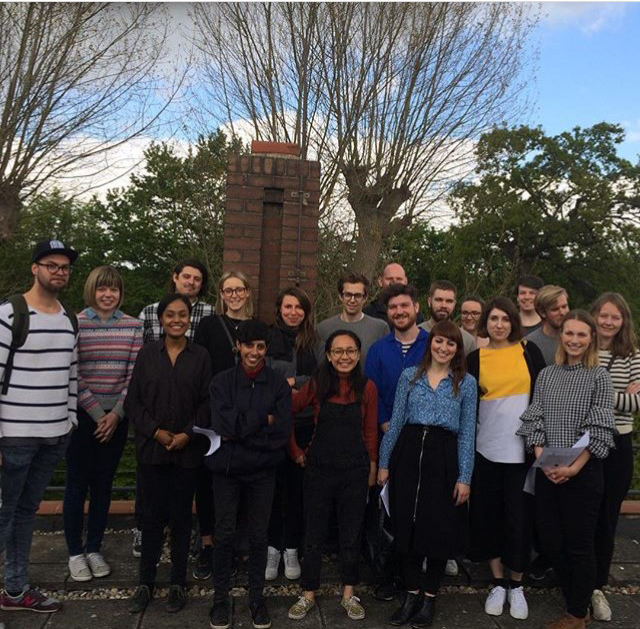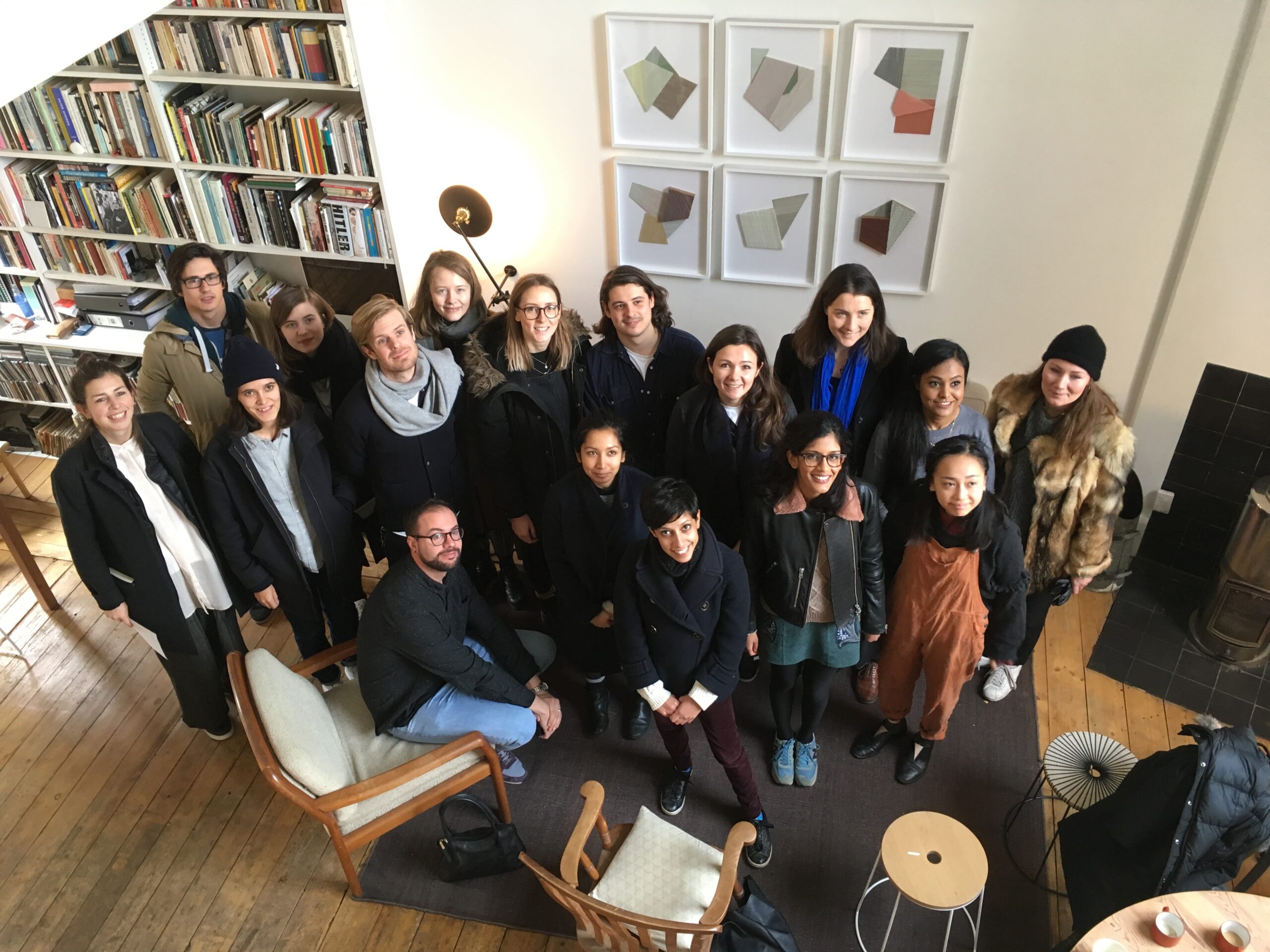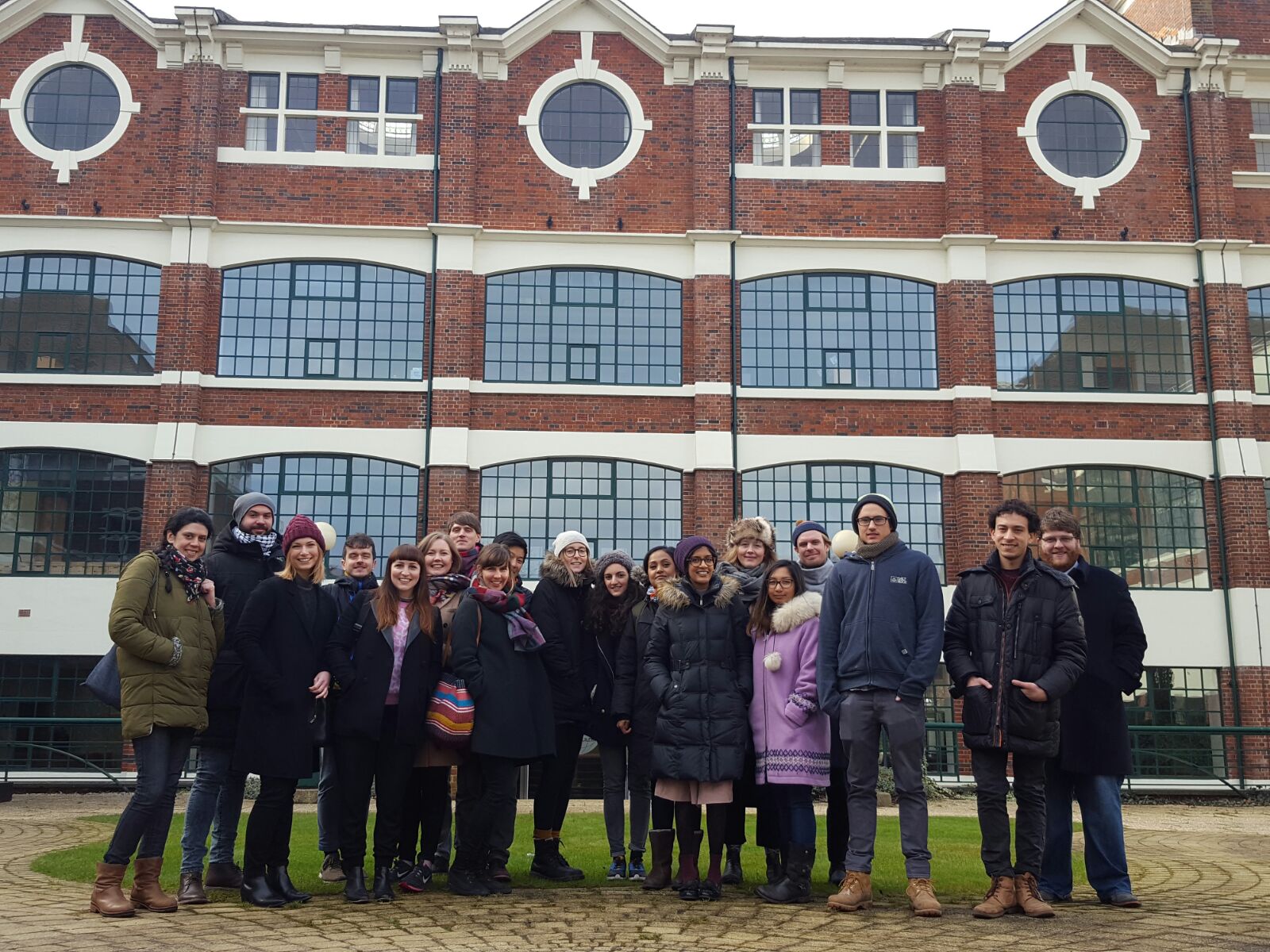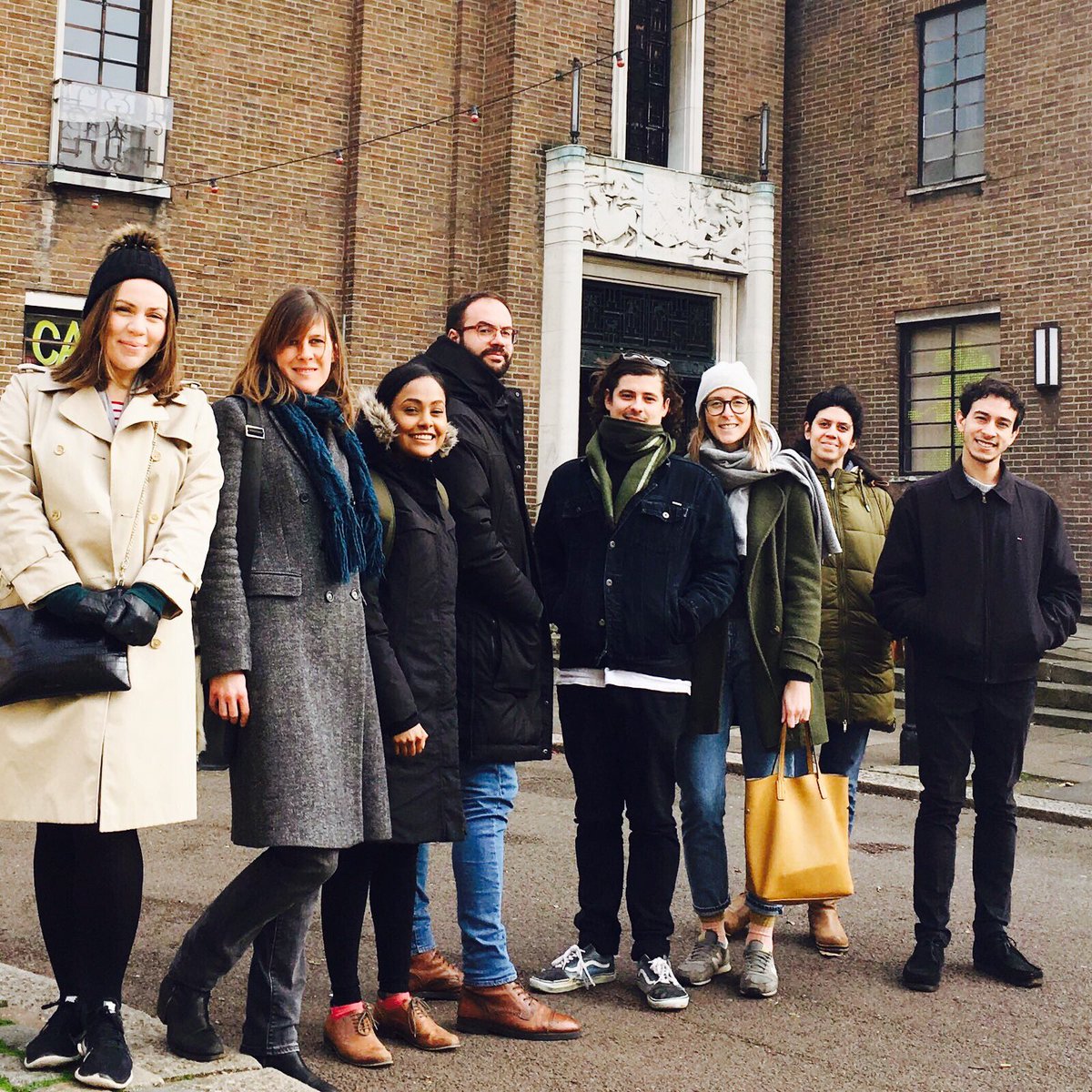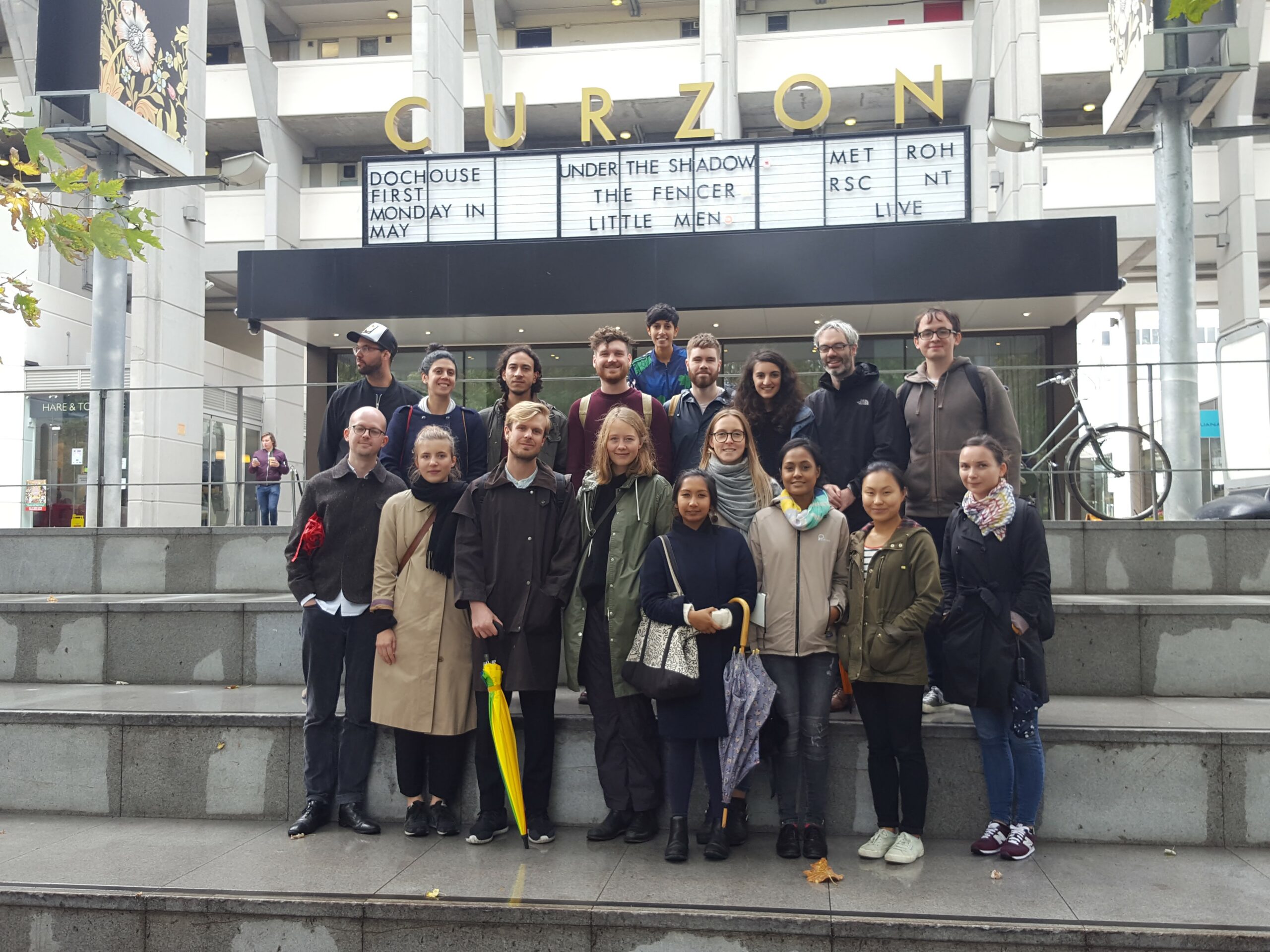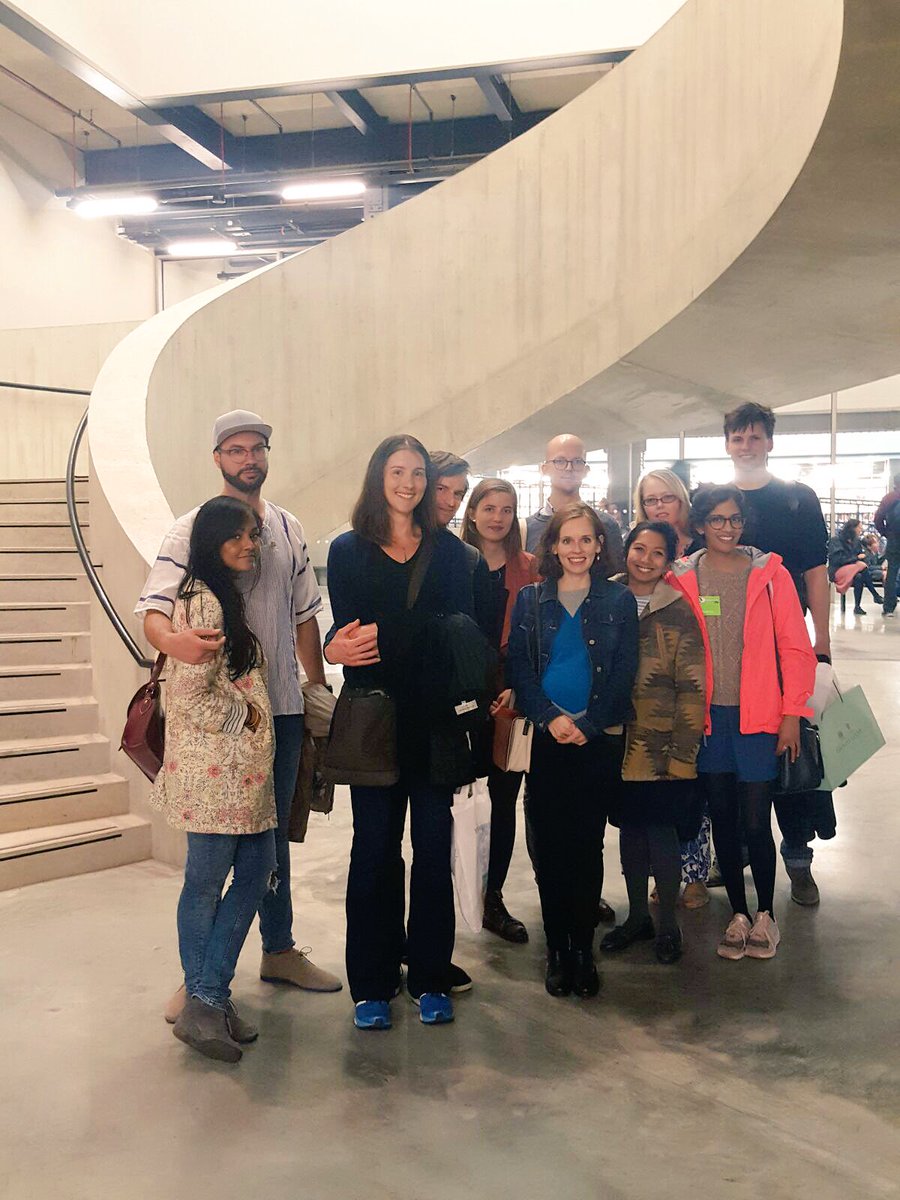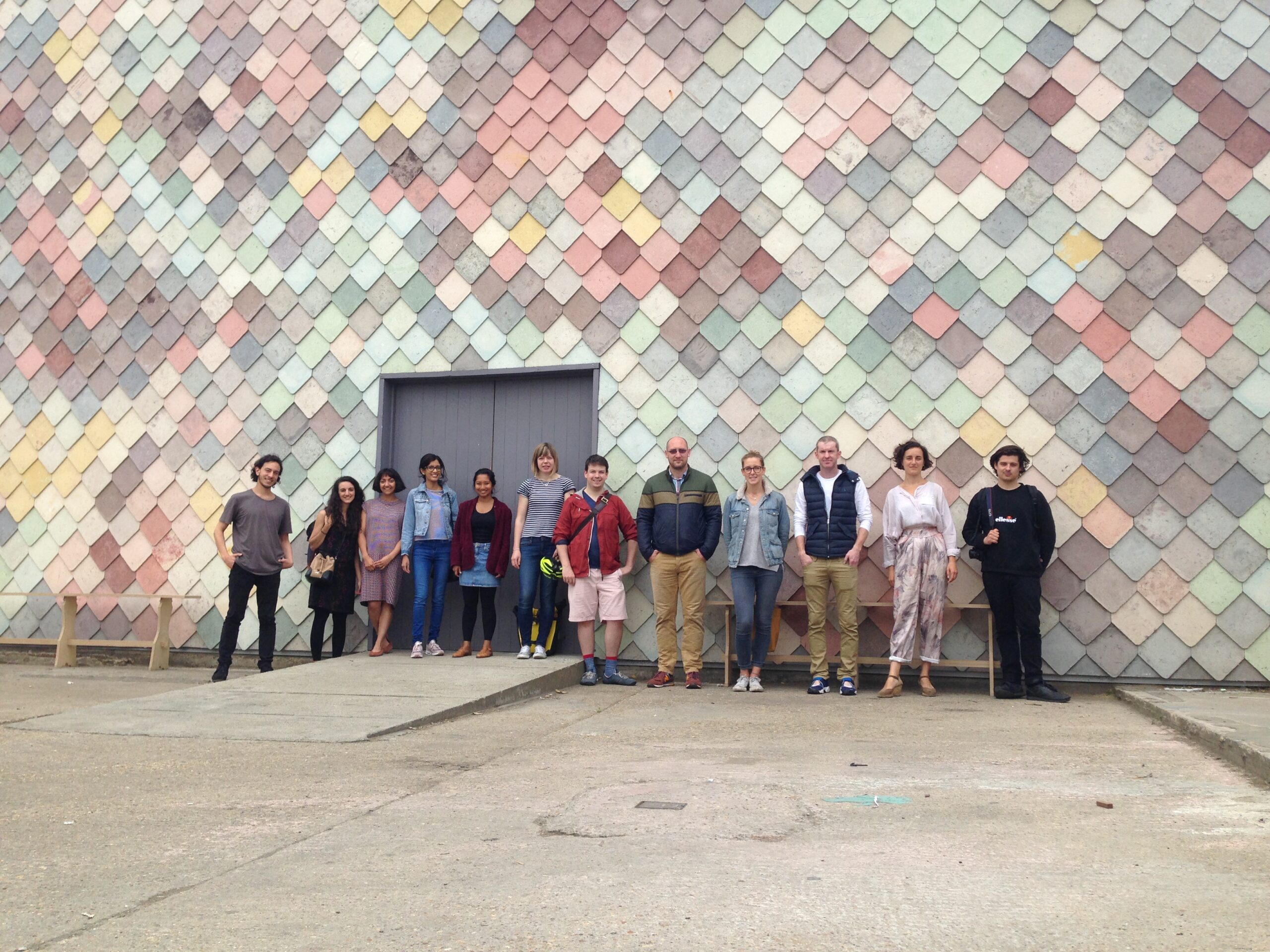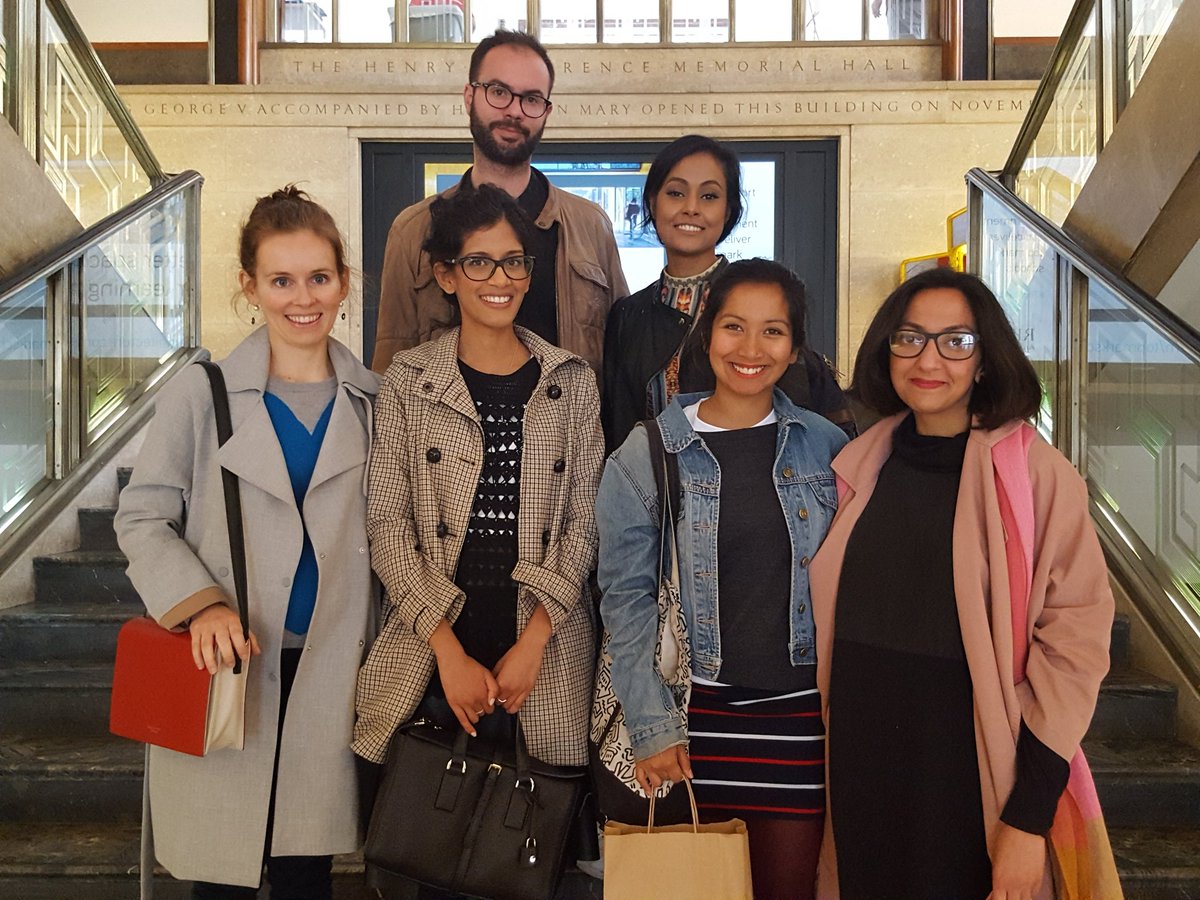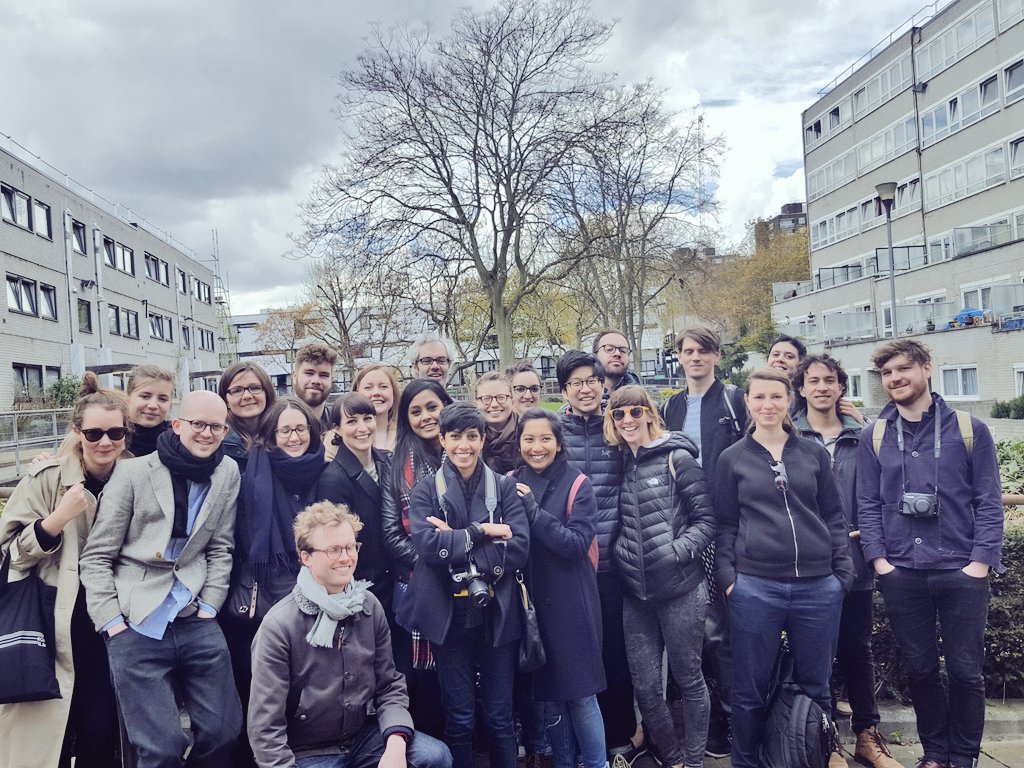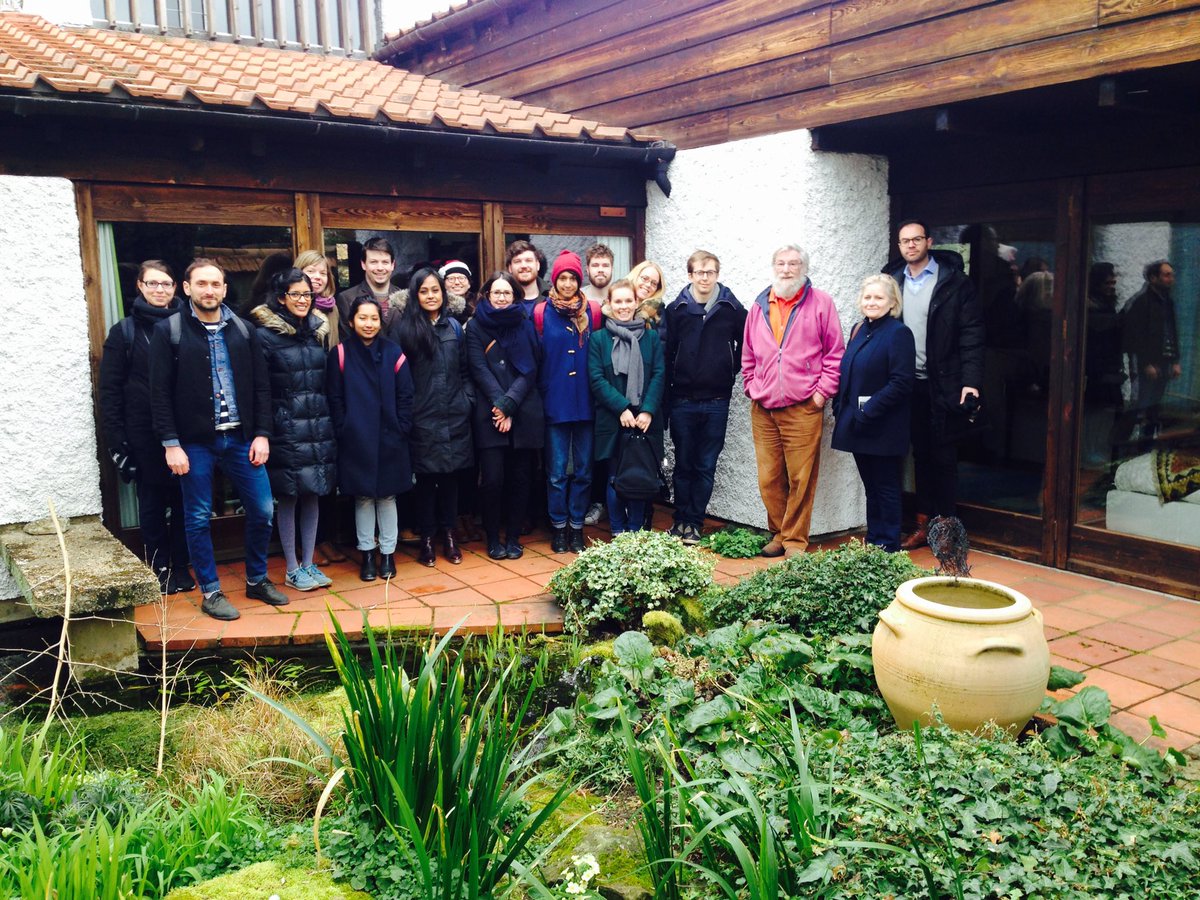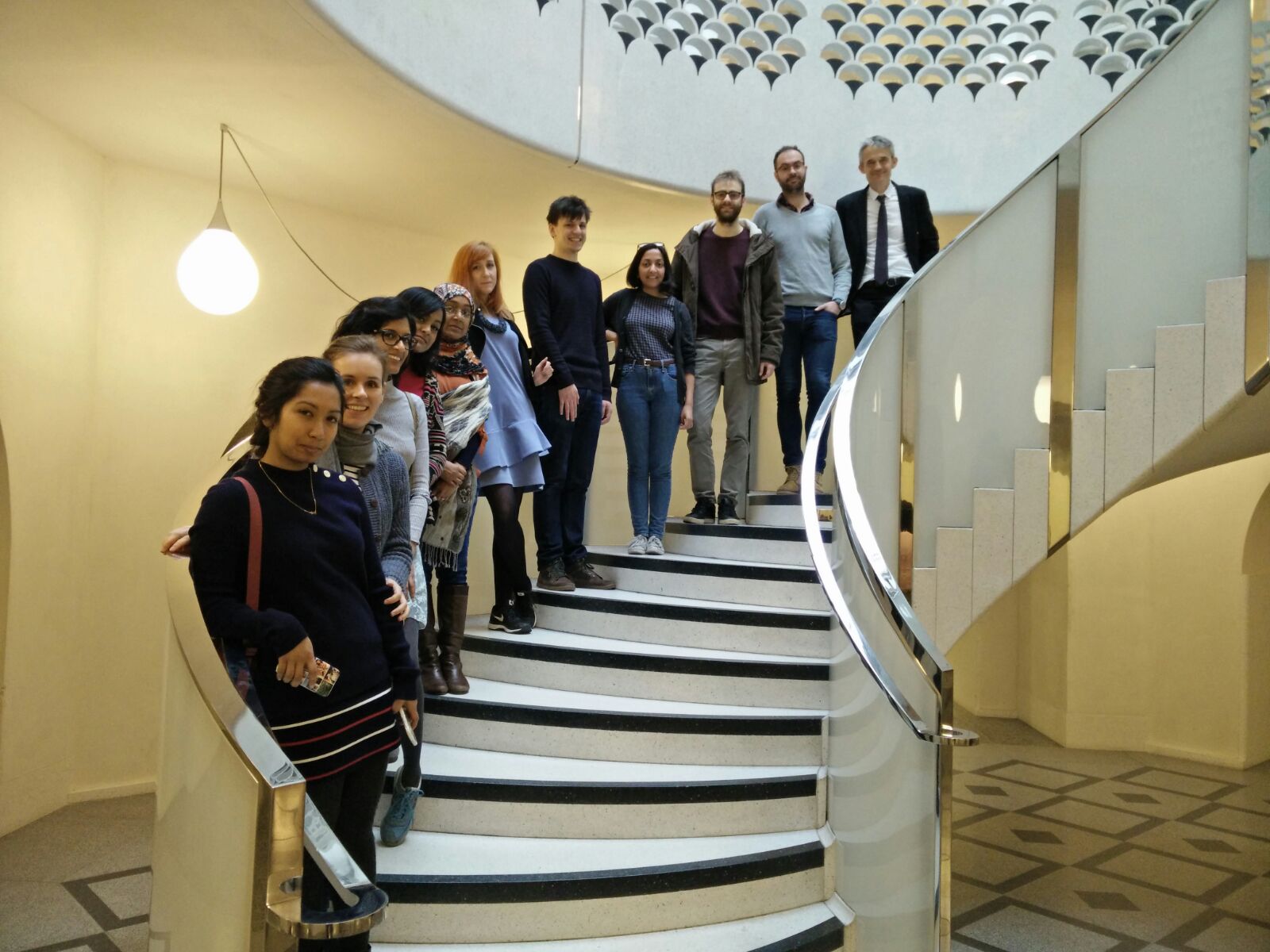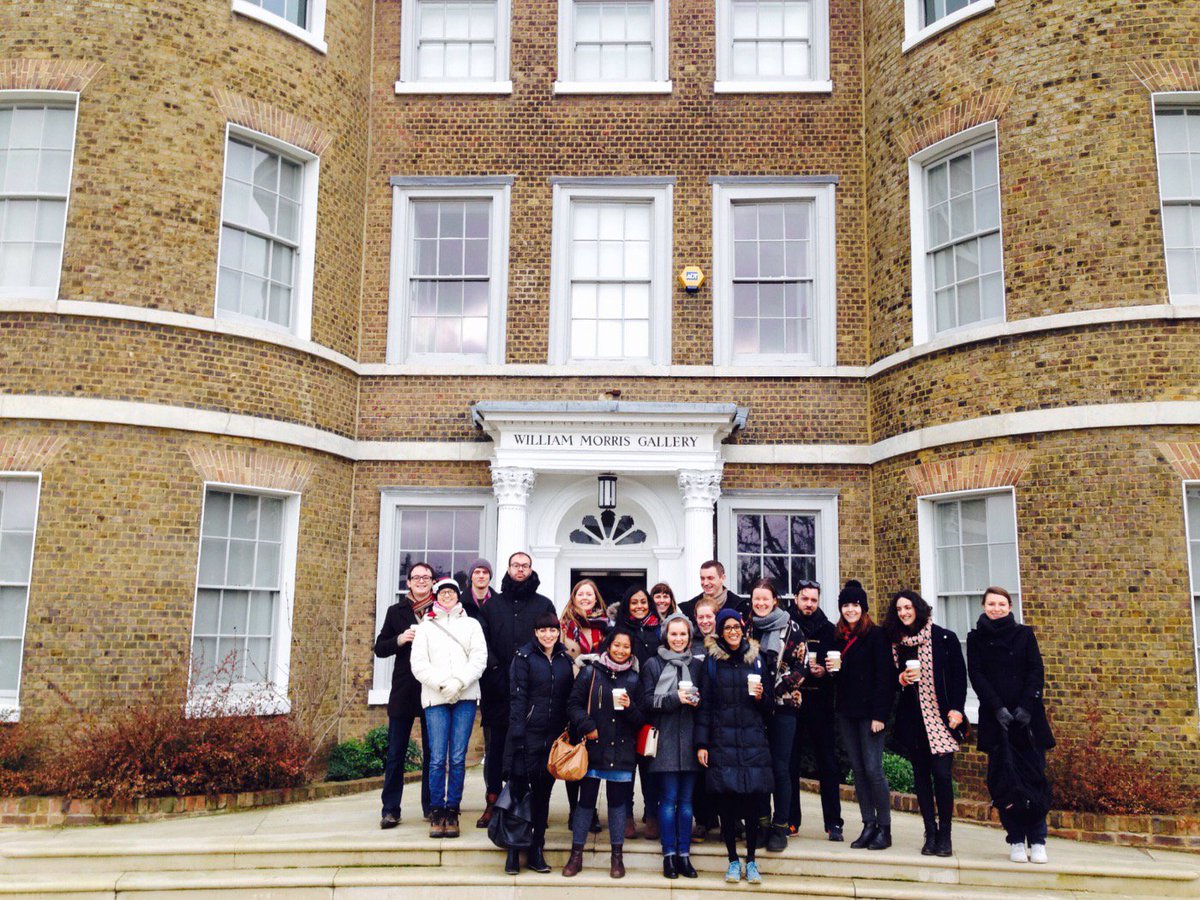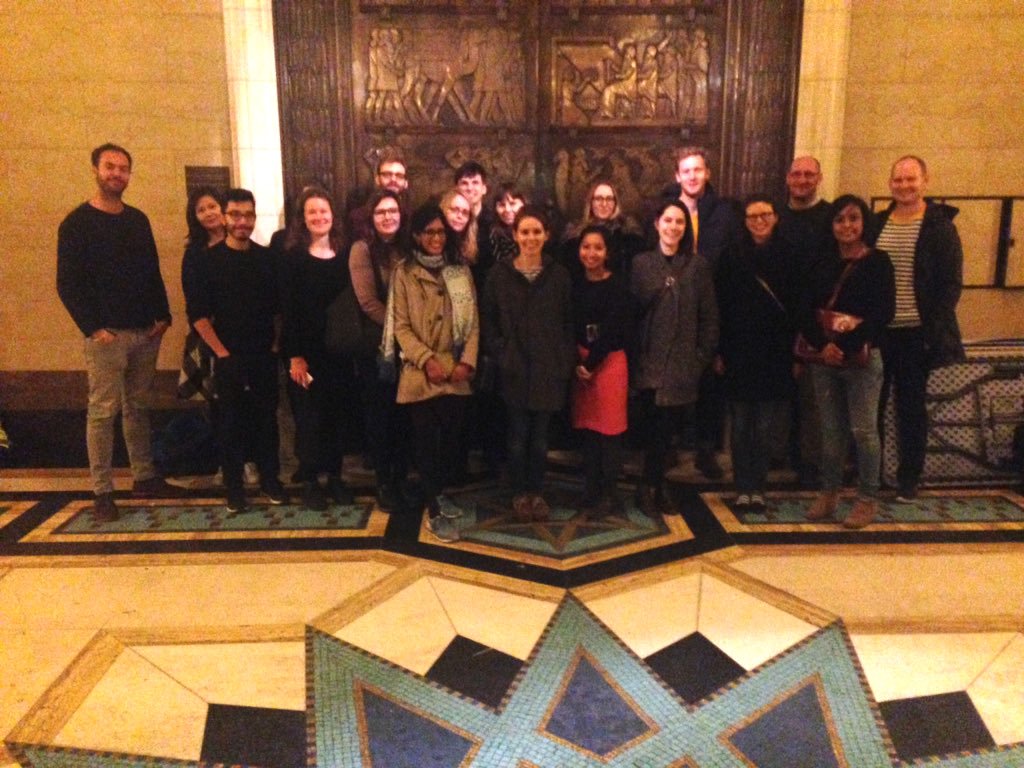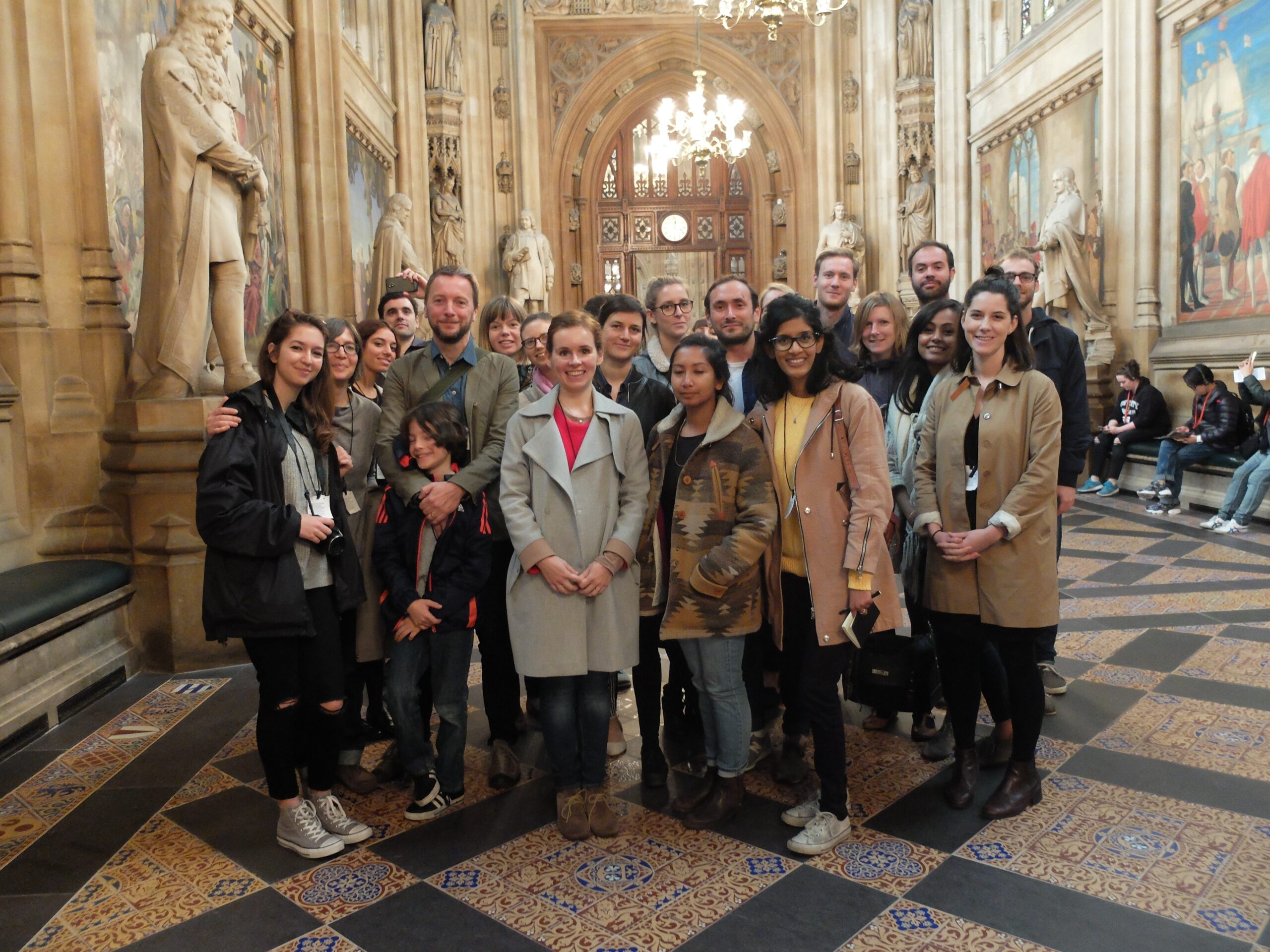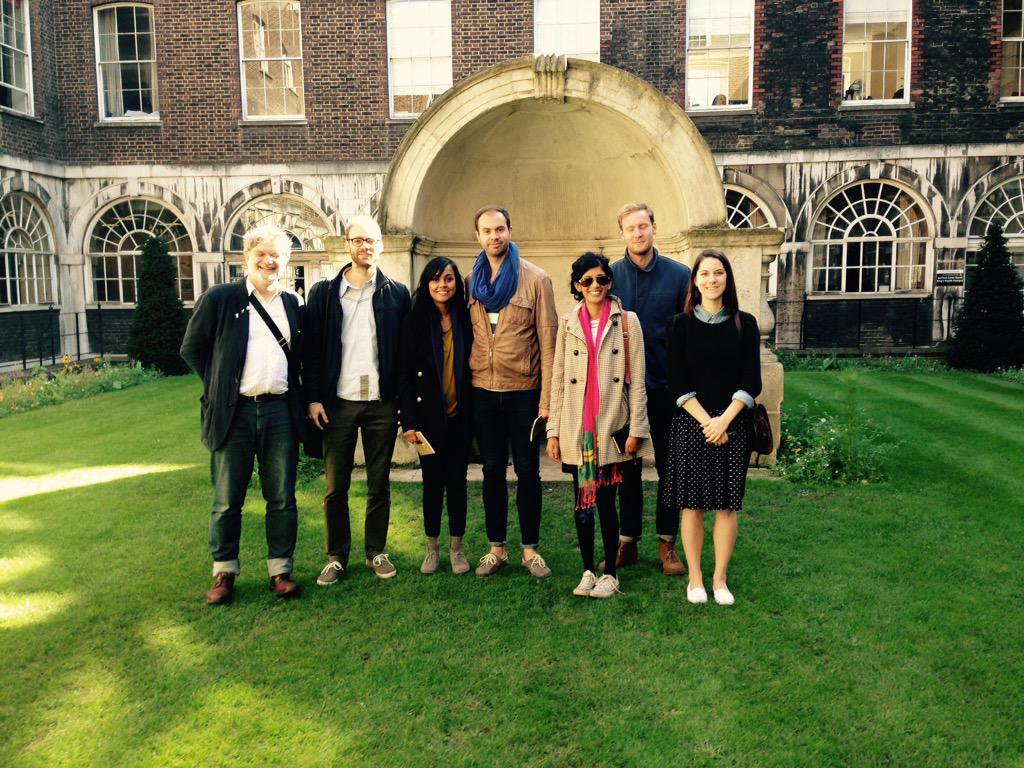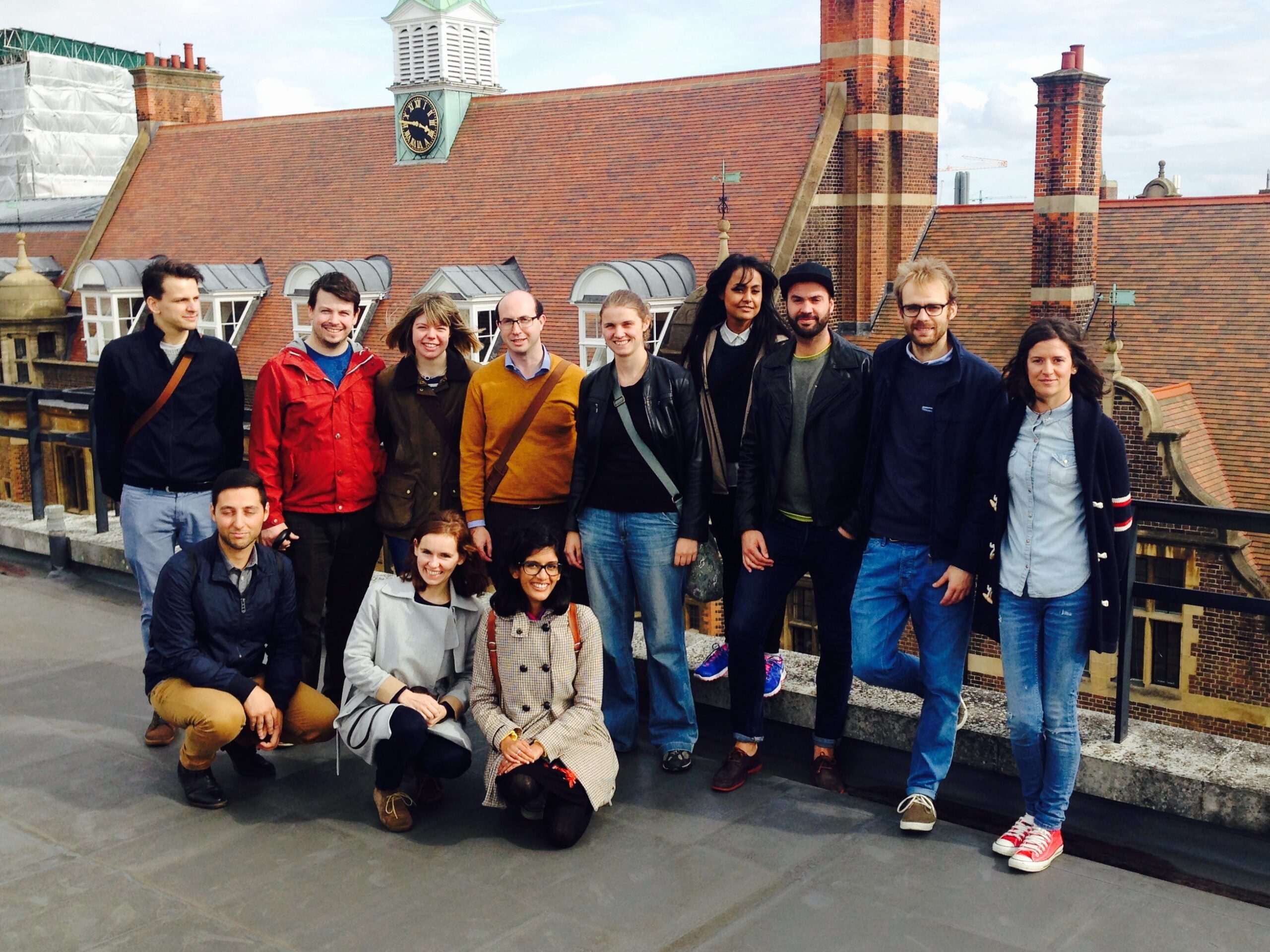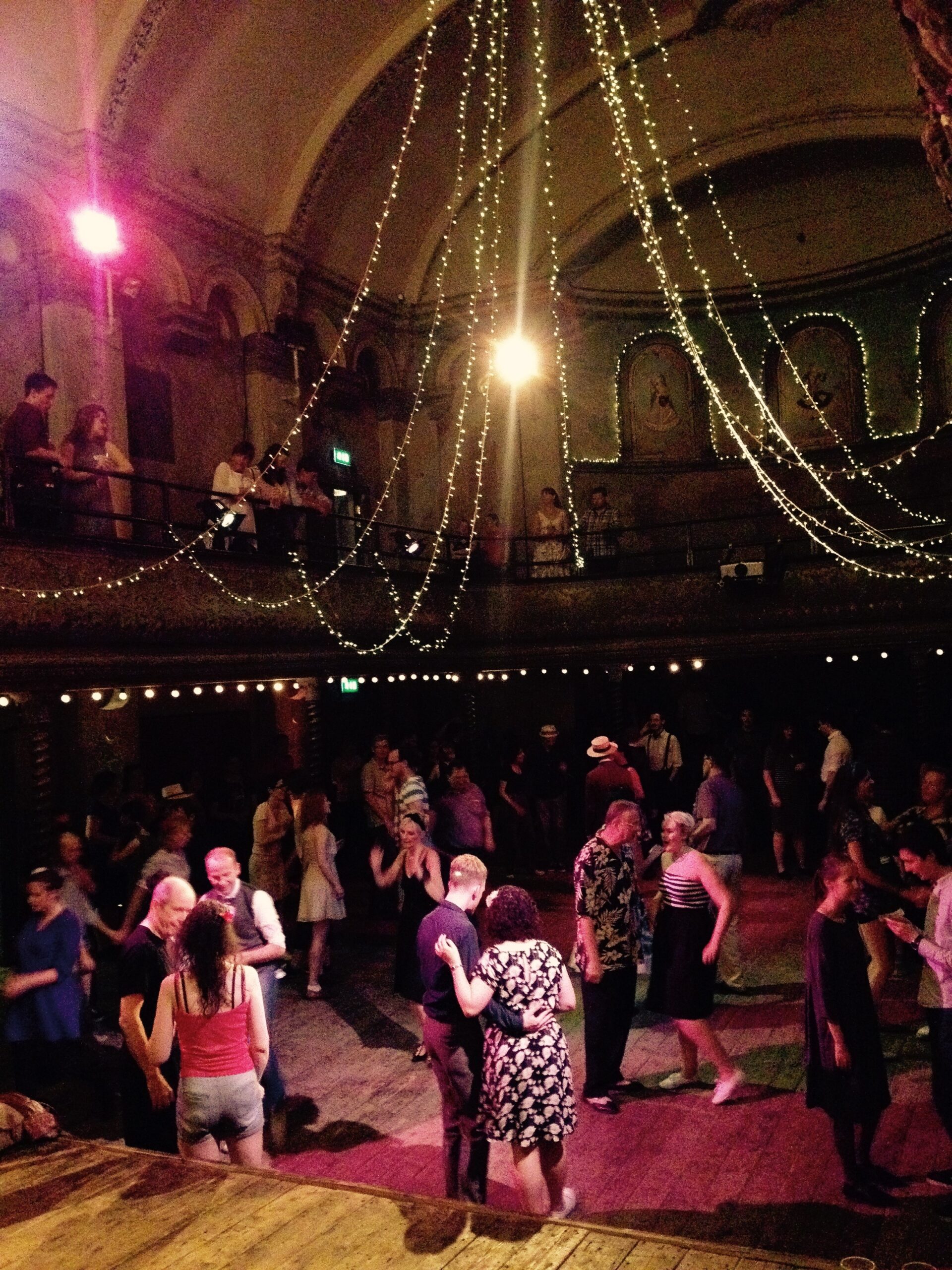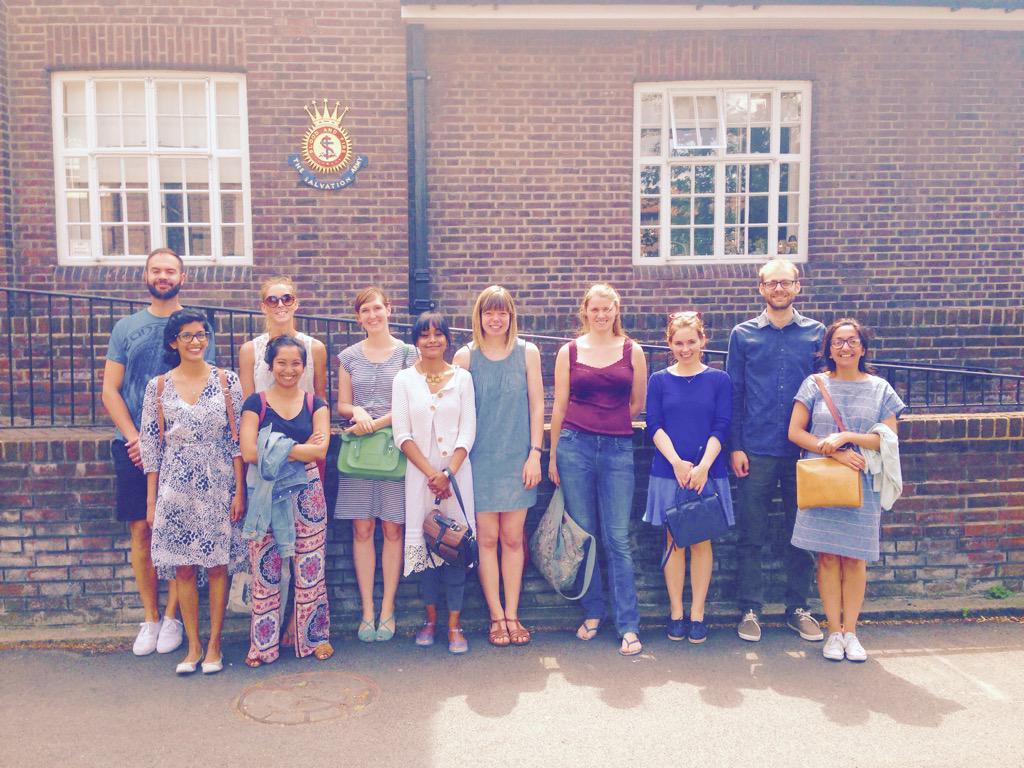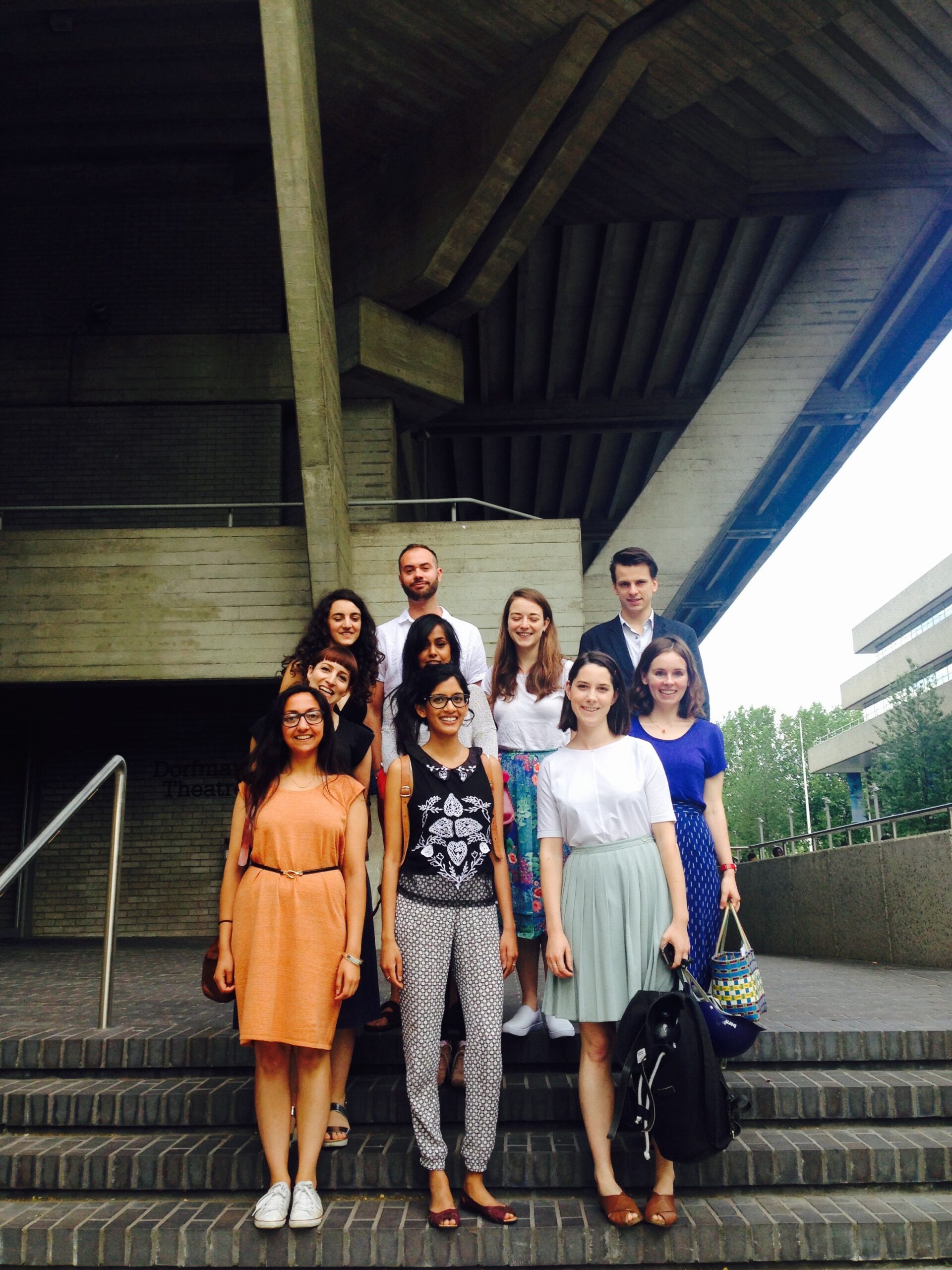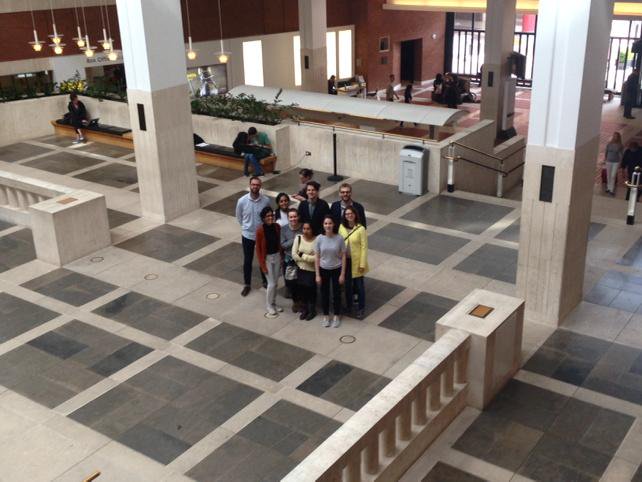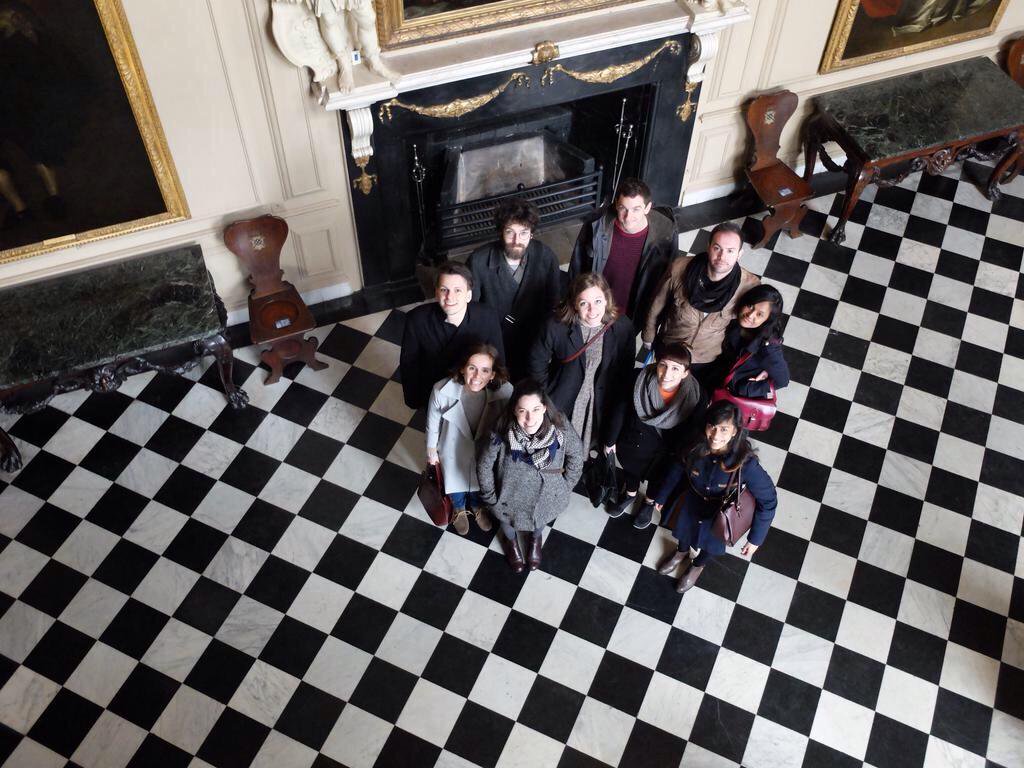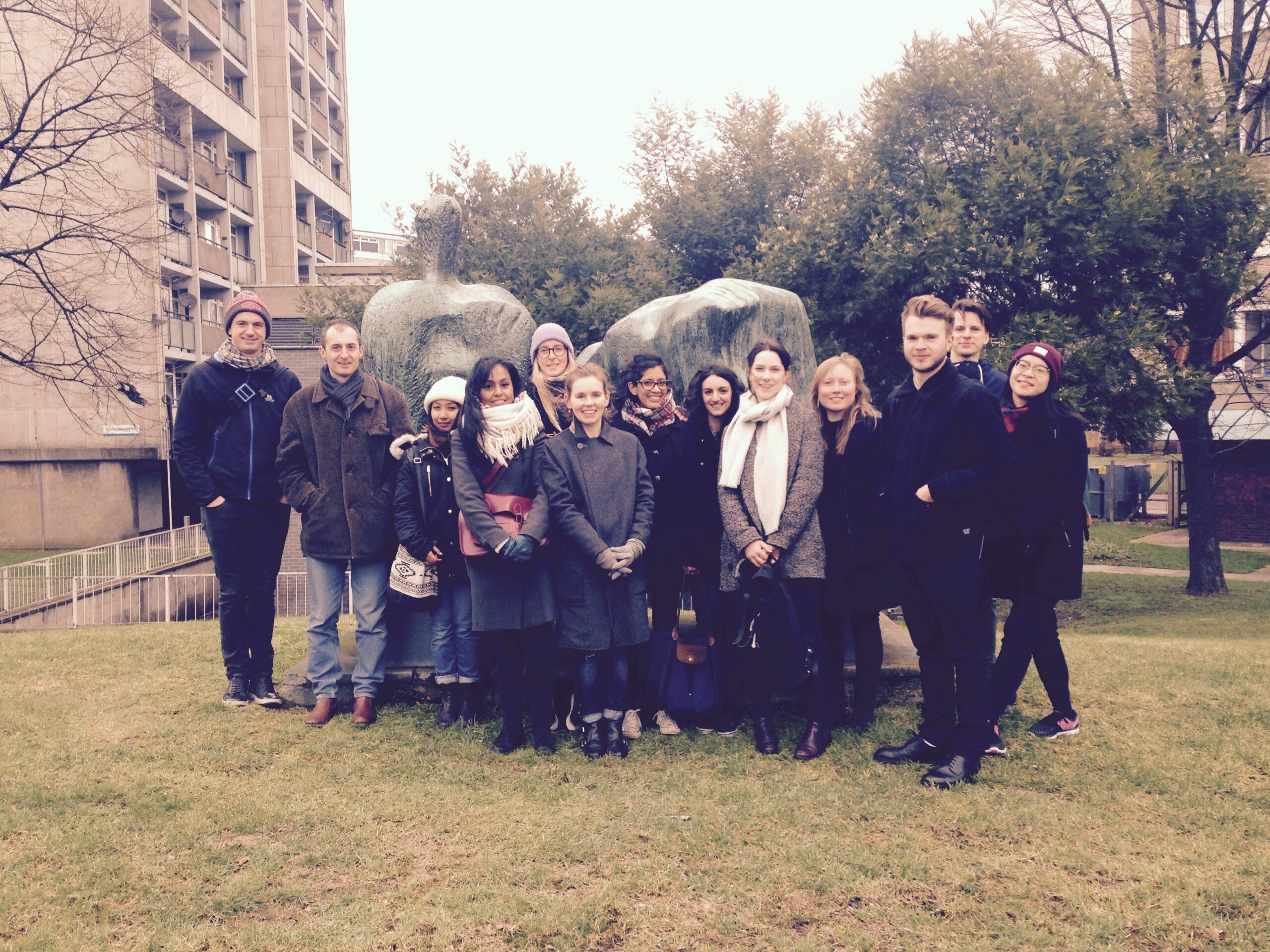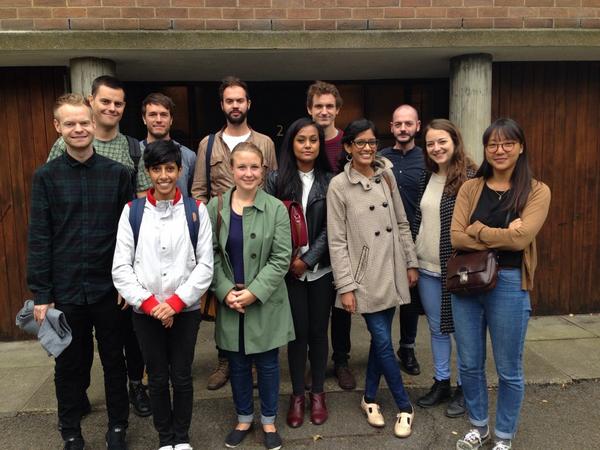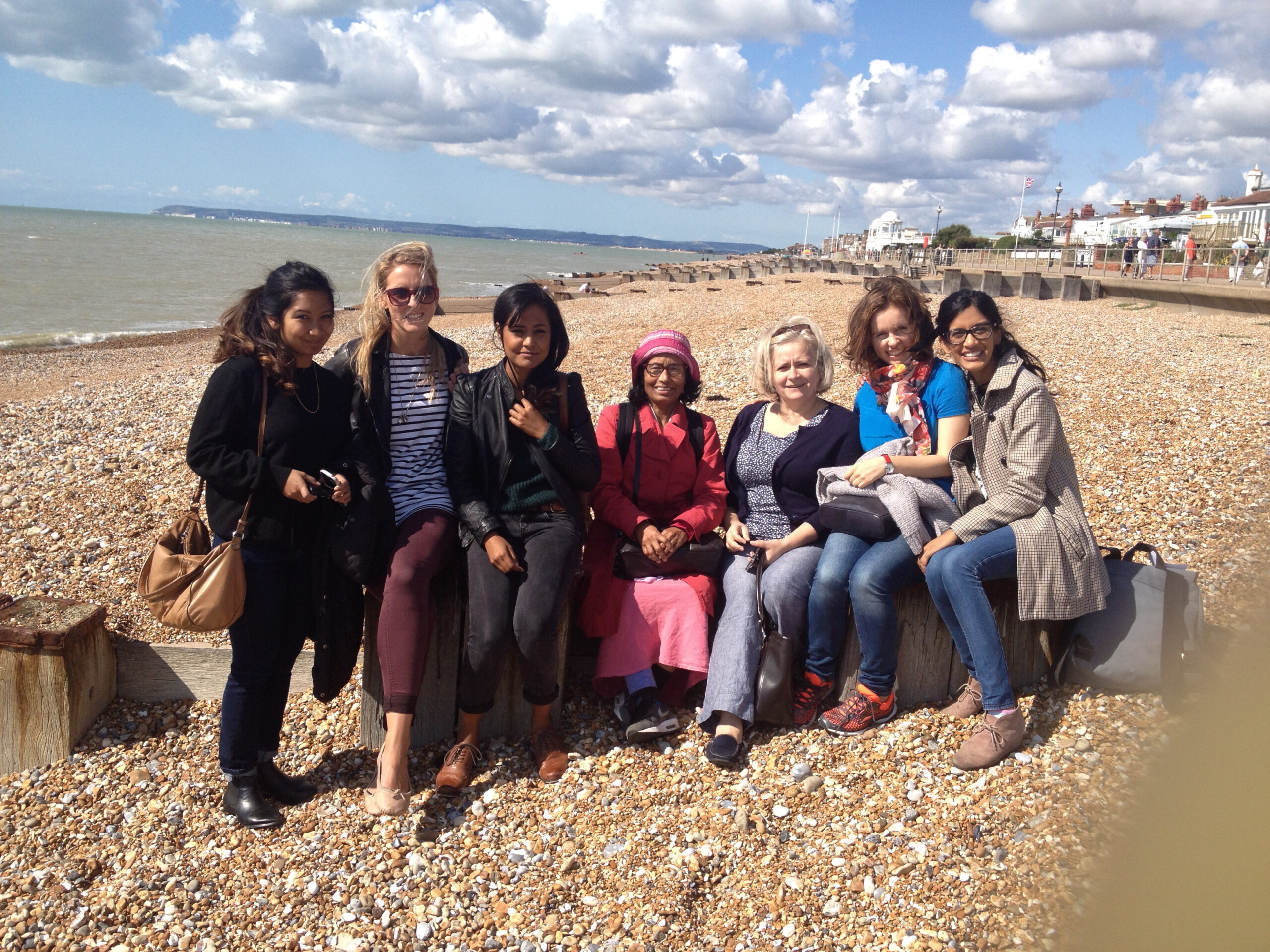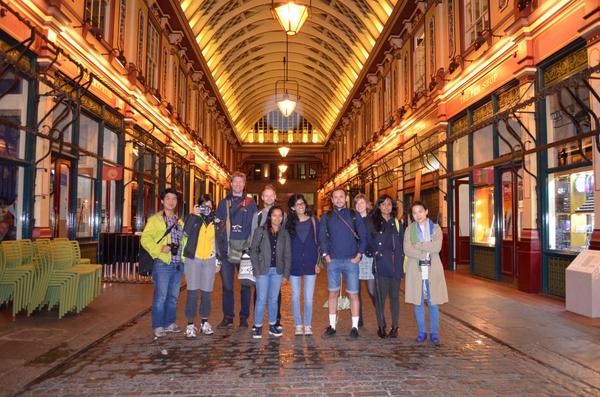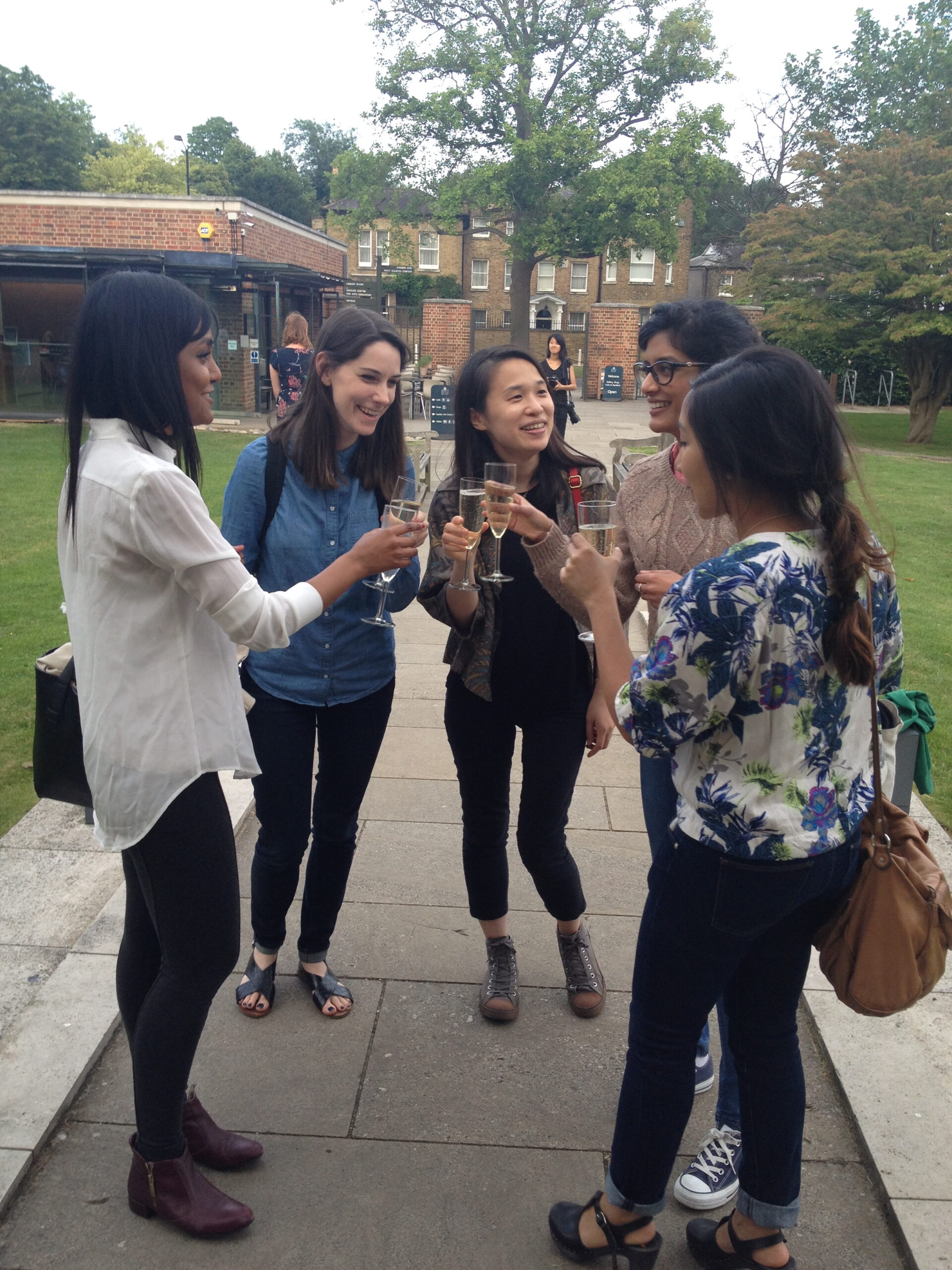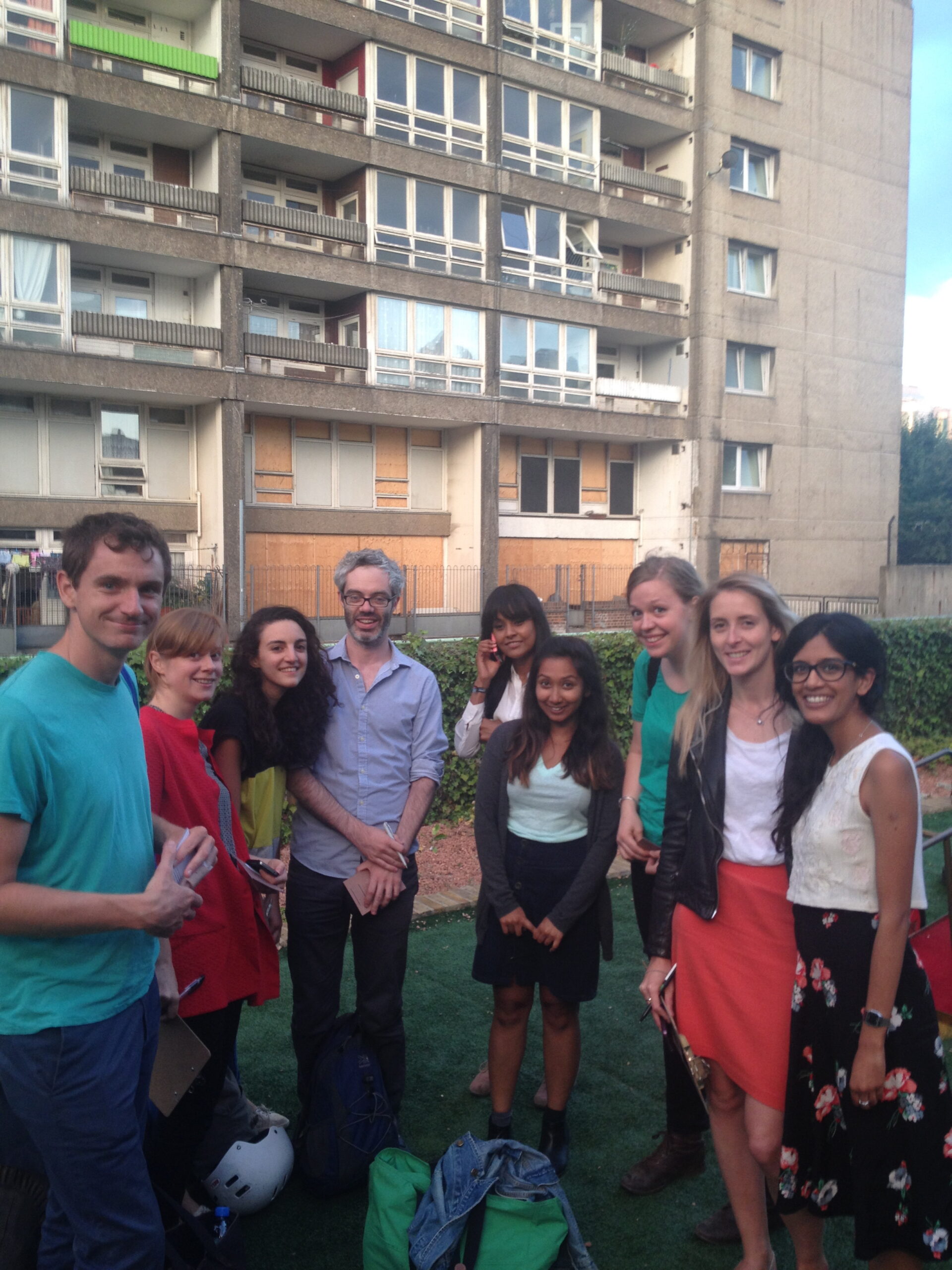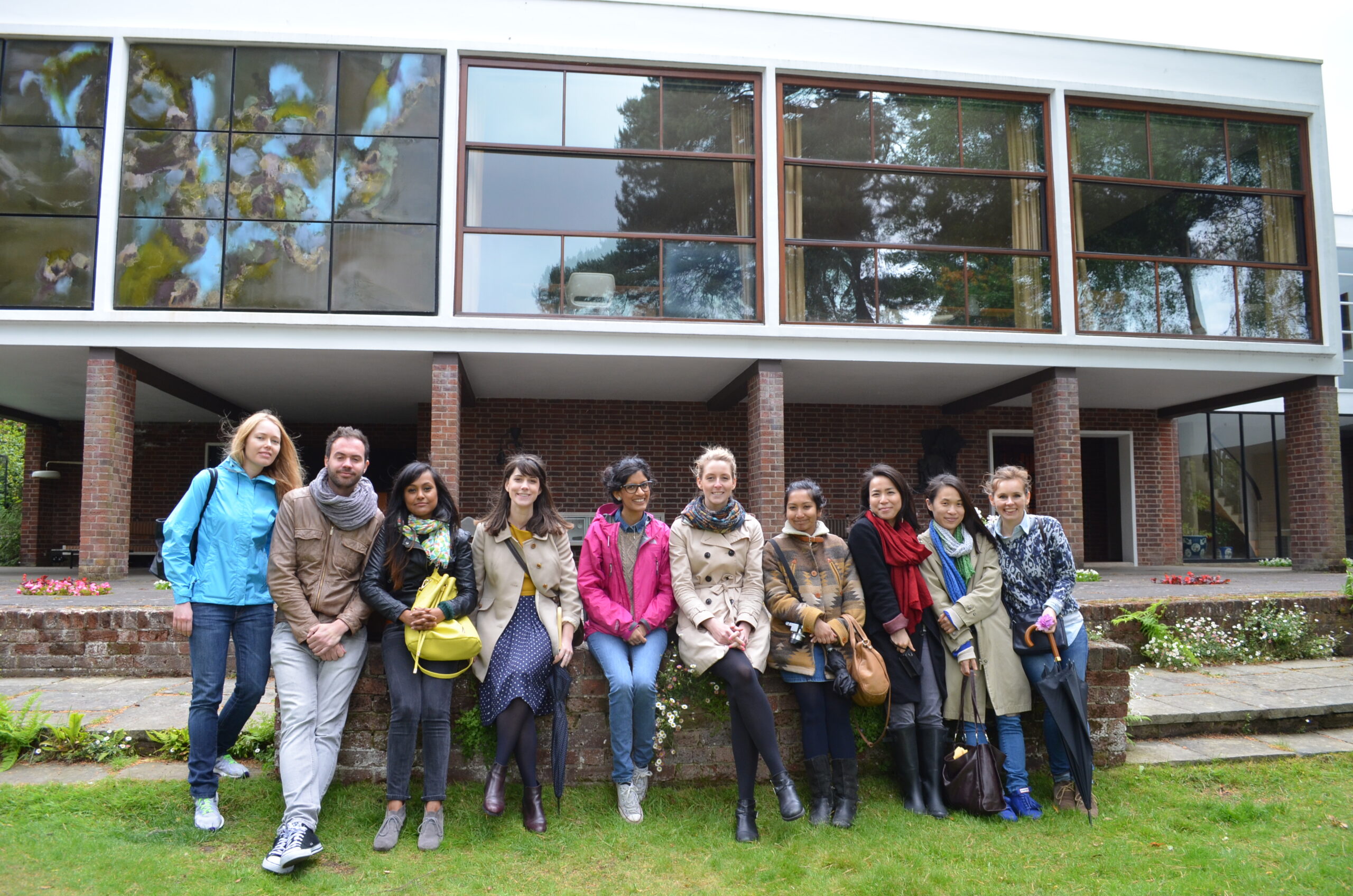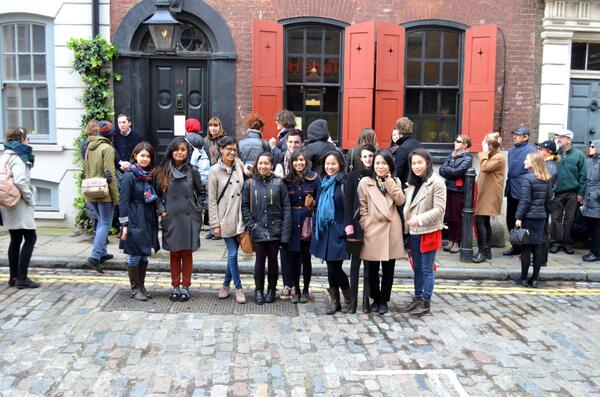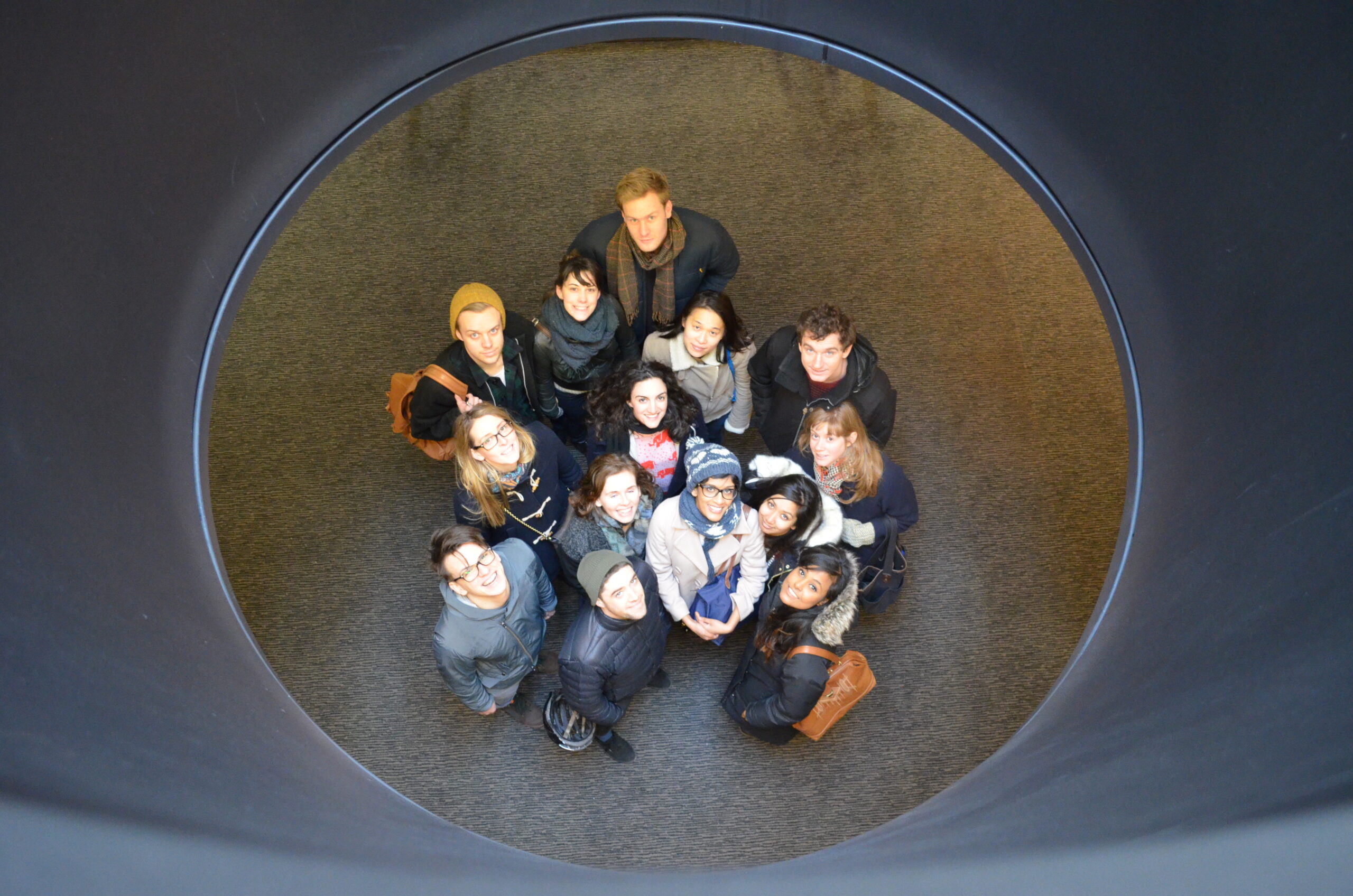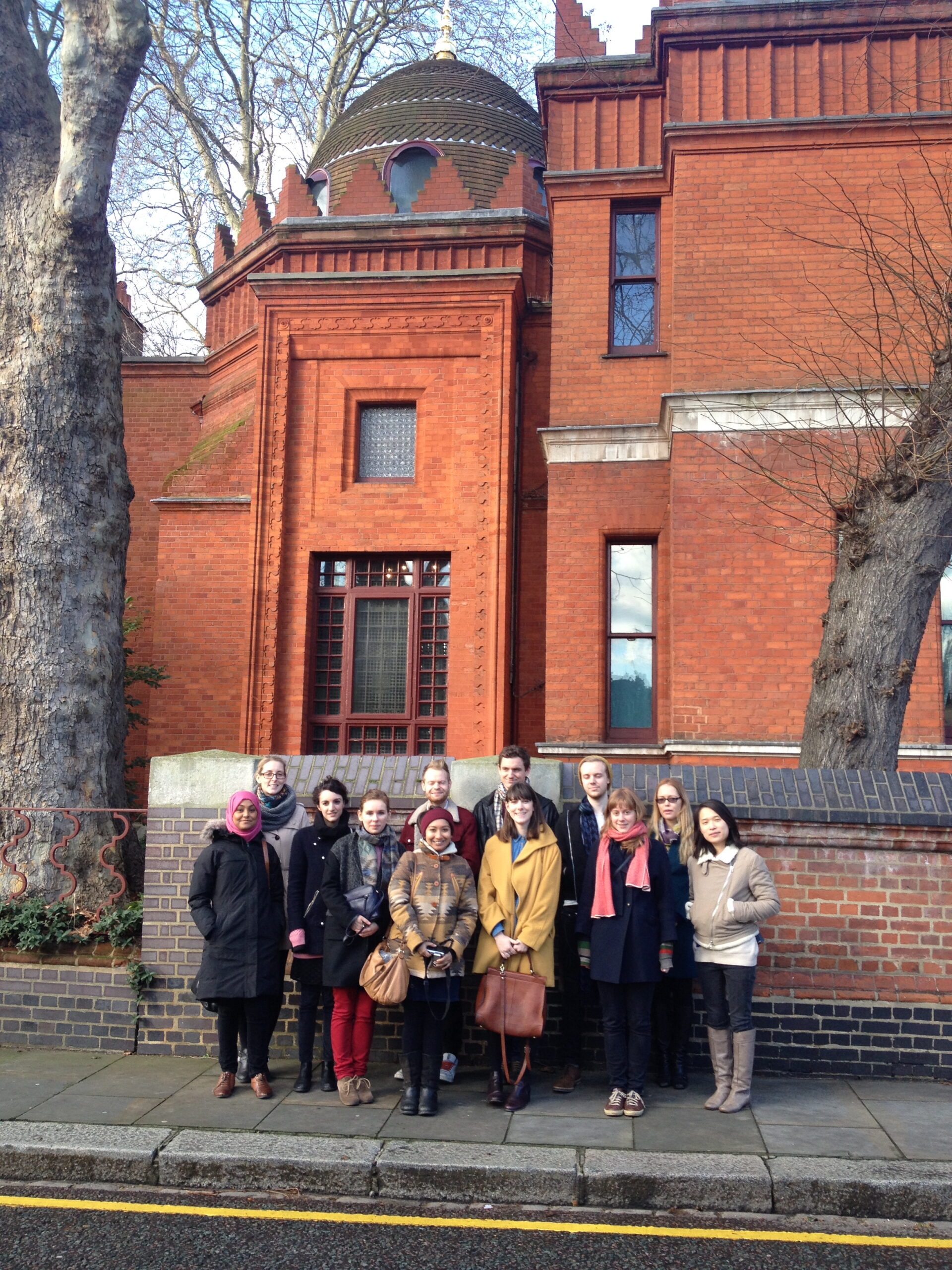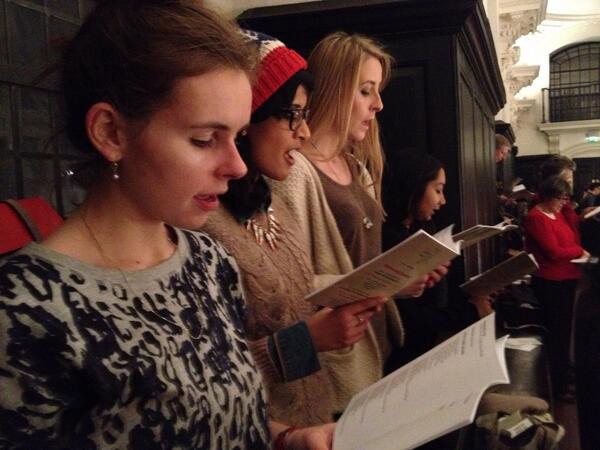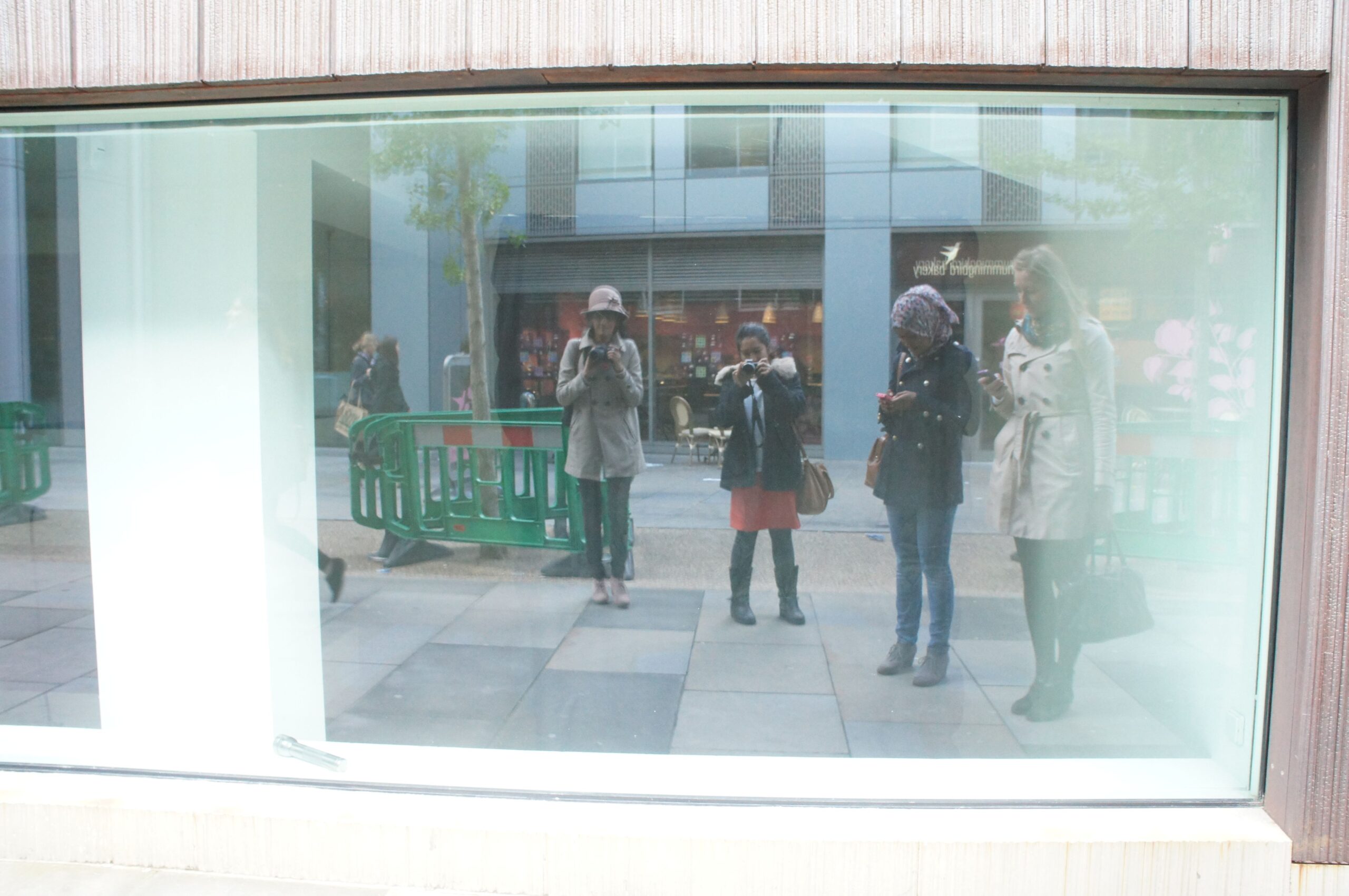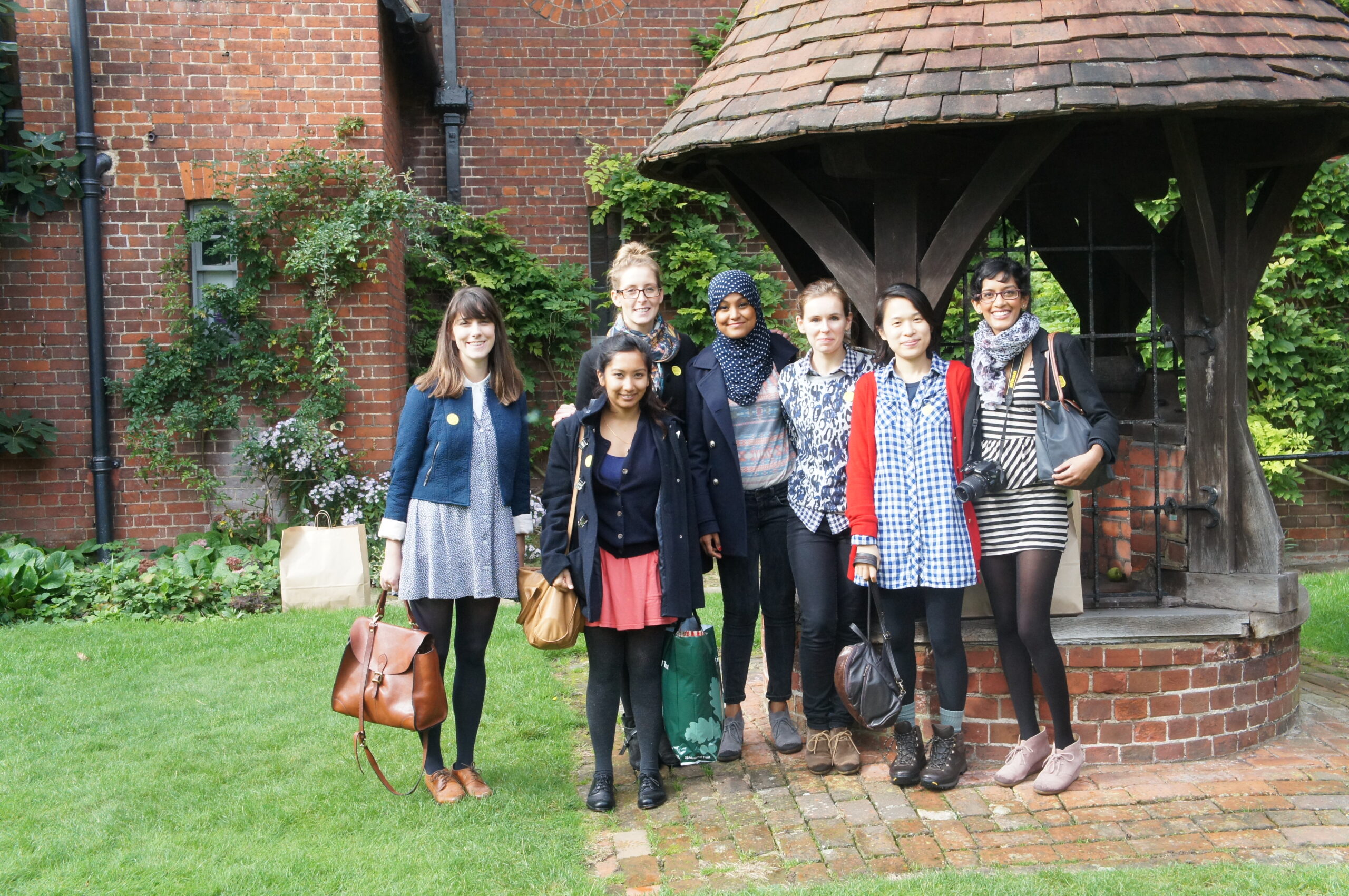67. Toynbee Hall
Richard Griffiths Architects' refurbishment of a historic hall
Whitechapel, London



Toynbee Hall refurbishment by Richard Griffiths Architects (original building by Elijah Hoole) Tour kindly given by Richard Griffiths and Jim Minton, chief exec of Toynbee Hall. Toynbee Hall was set up in 1884 by Samuel and Henrietta Barnett. The Barnetts took a different approach to tackling the poverty of Whitechapel (as mapped by Charles Booth in 1880s) by bringing graduates from Oxford and Cambridge to live and learn amongst the community and use their education to help them ‘become their best selves’. The charity has a similar mission today and never wanted Toynbee hall to be a museum but alive and open.
RGA were appointed in 2013 to refurbish the grade 2 listed Toynbee hall designed by Elijah Hoole, the first part of a £17million masterplan to regenerate the whole complex and make it fit to serve the to the ever changing east end community. The two large halls – Ashbee Hall (designed by Art and crafts architect CR Ashbee) and the lecture theatre were fully refurbished. Some original bedrooms were refurbished and a new crush hall was added as well as creating a new open plan office for staff above the large halls.
The refurbished halls are reached via a new entrance visible from Commercial Street. A new corridor runs along the full length of the existing brick rear wall, the scars of time celebrated and washed with a slot of light from above. The halls have a medley of arts and crafts influences including Norman Shaw and Japanese craft and woodwork. ‘Medallions’ with Toynbee’s tree of life logo decorate the ‘picture gallery red’ walls of Ashbee hall. The remarkable timber fretted balustrade of the staircase has been restored leading to the first floor heritage bedrooms where the fireplaces and original tiles have been restored to their original design. Above the halls are open plan offices with a light filled central break out space with dormer windows connecting the areas. Ensuring that fire regulations were met without losing the quality of the existing space posed many technical challenges.
